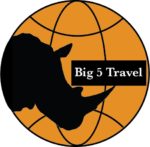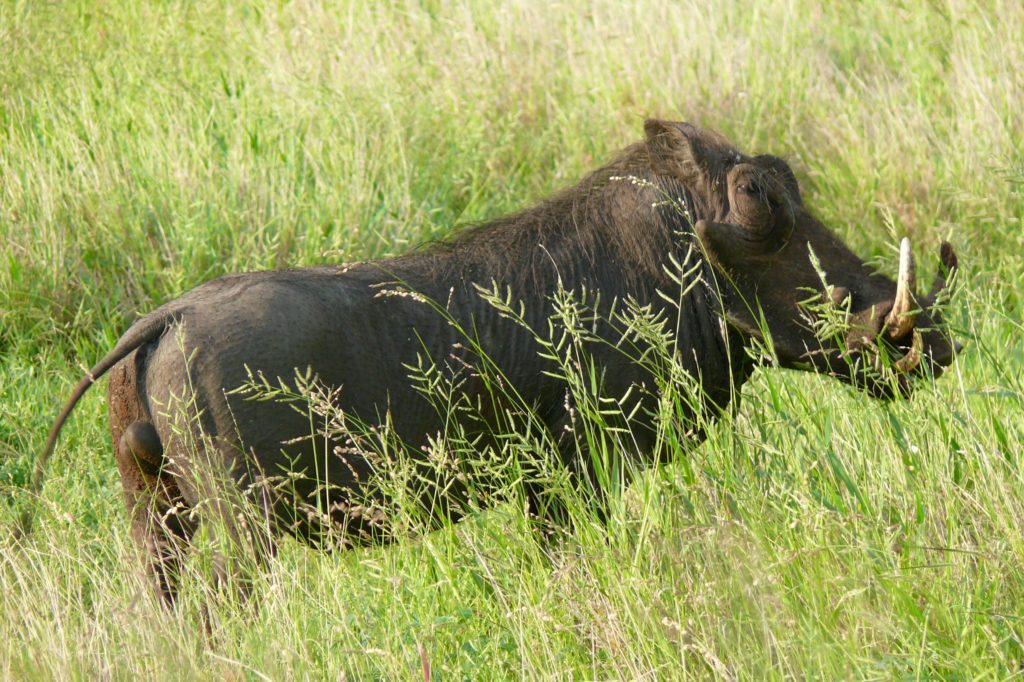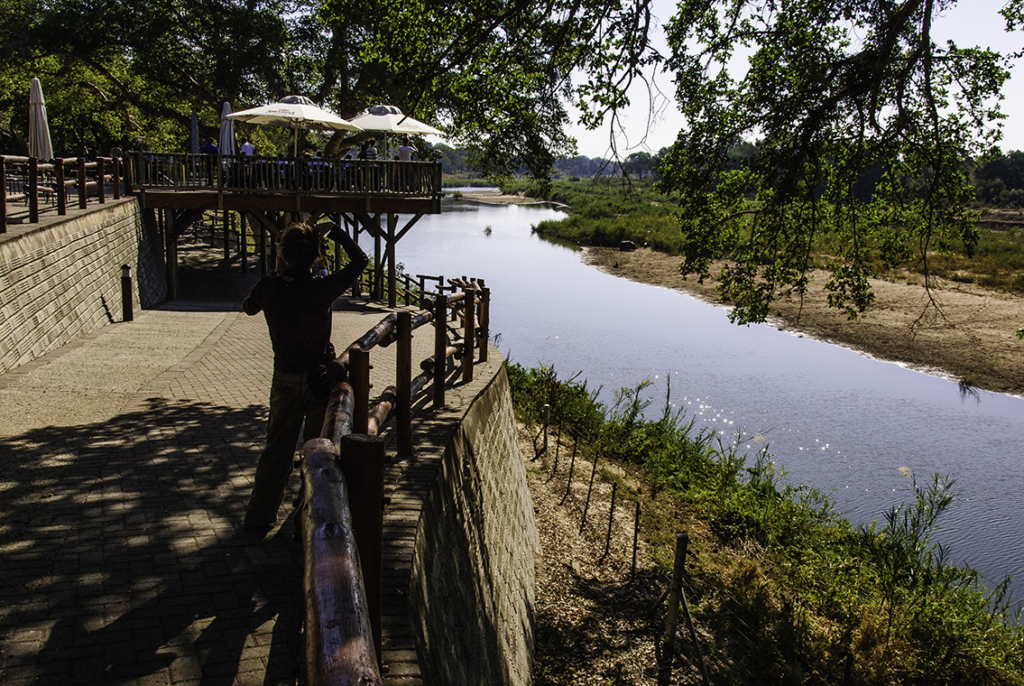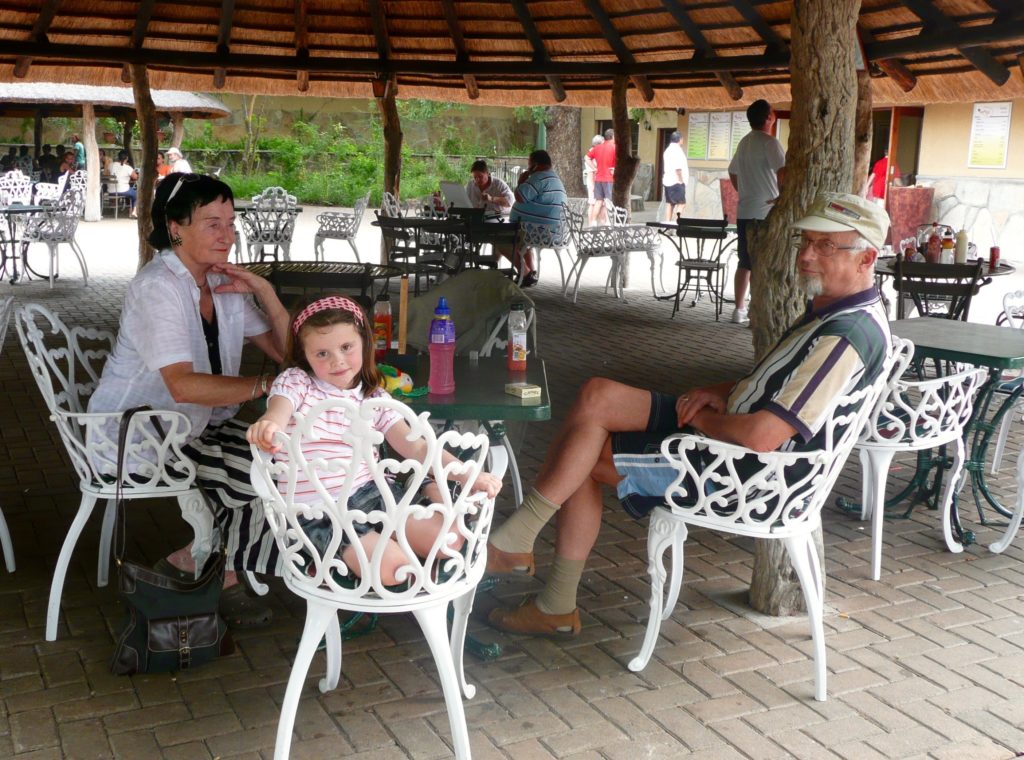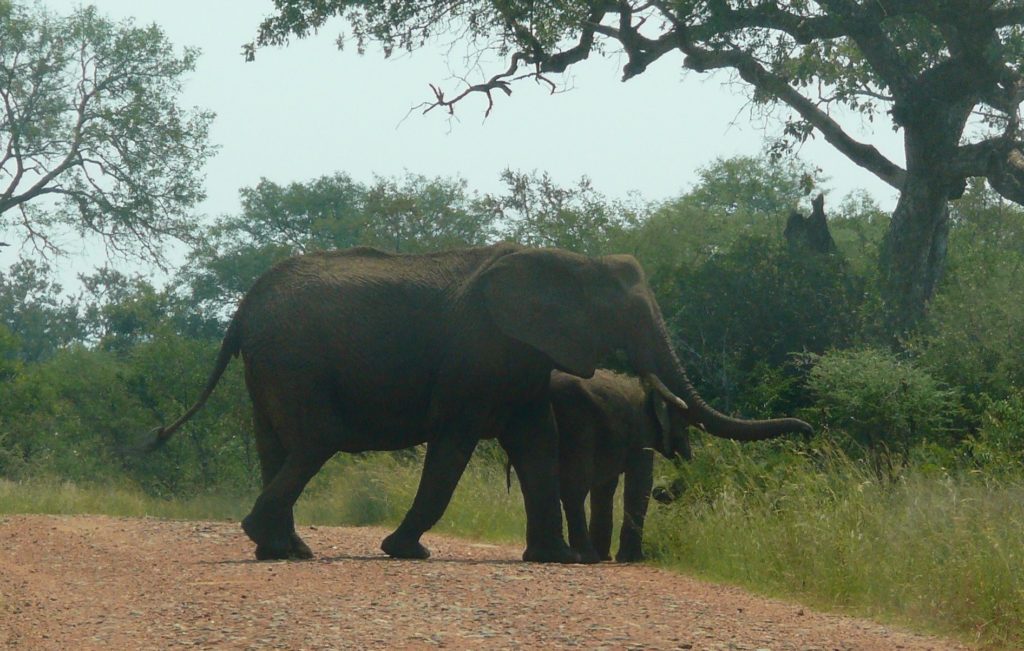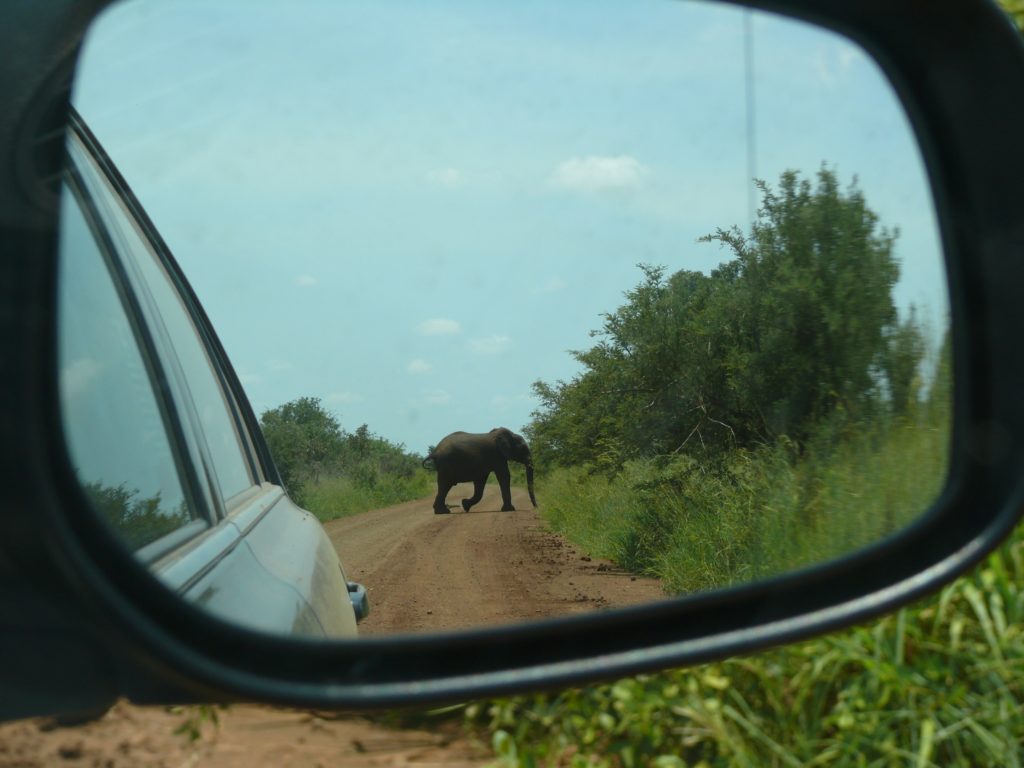Use this link for general information about the Kruger National Park – including what kind of animals there are a chance to see in the different areas of the park – and some of my best sightings.
I was very excited – going back to the Kruger National Park.
After the one-day visit in 1993, a friend and I visited the park a couple of days in January 2000. We stayed one night in Lower Sabie in the south of the park. This was during my first World Tour. A great experience! We saw 9 female lions and two male lions just before leaving the park!
This time we were going to stay 5 days in different camps within the Park.
We entered the park from the north gate ” Punta Maria“. The northern part of Kruger sees few visitors by comparison to the south. The reason is that the concentration of animals is bigger in the southern part of the park. I have also had the best game viewing in the south, through several visits over the years.
The northern part though, is one of the best birding destinations in South Africa with the chance of seeing a variety of rarely seen species.
Anyway – this time we wanted to start in the north to experience what the northern part was like.
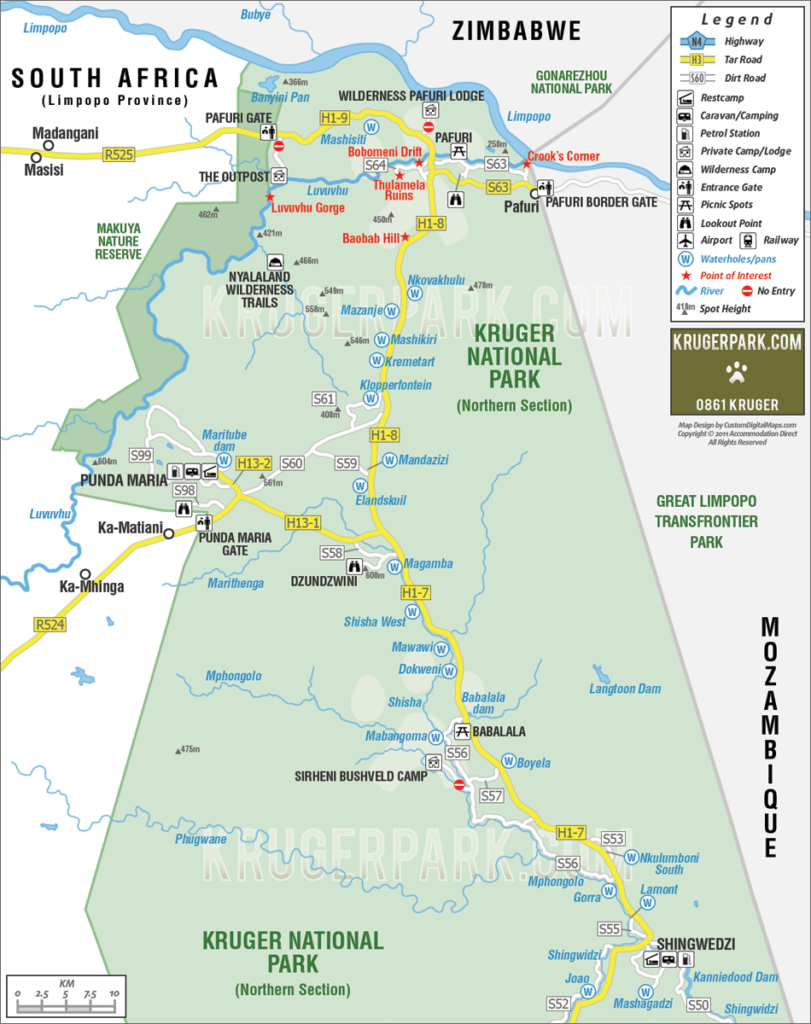
Much of the H1-7 that goes to Shingwesi Camp – goes through mopane scrubveld and there was not much to see. But the impalas never fail.
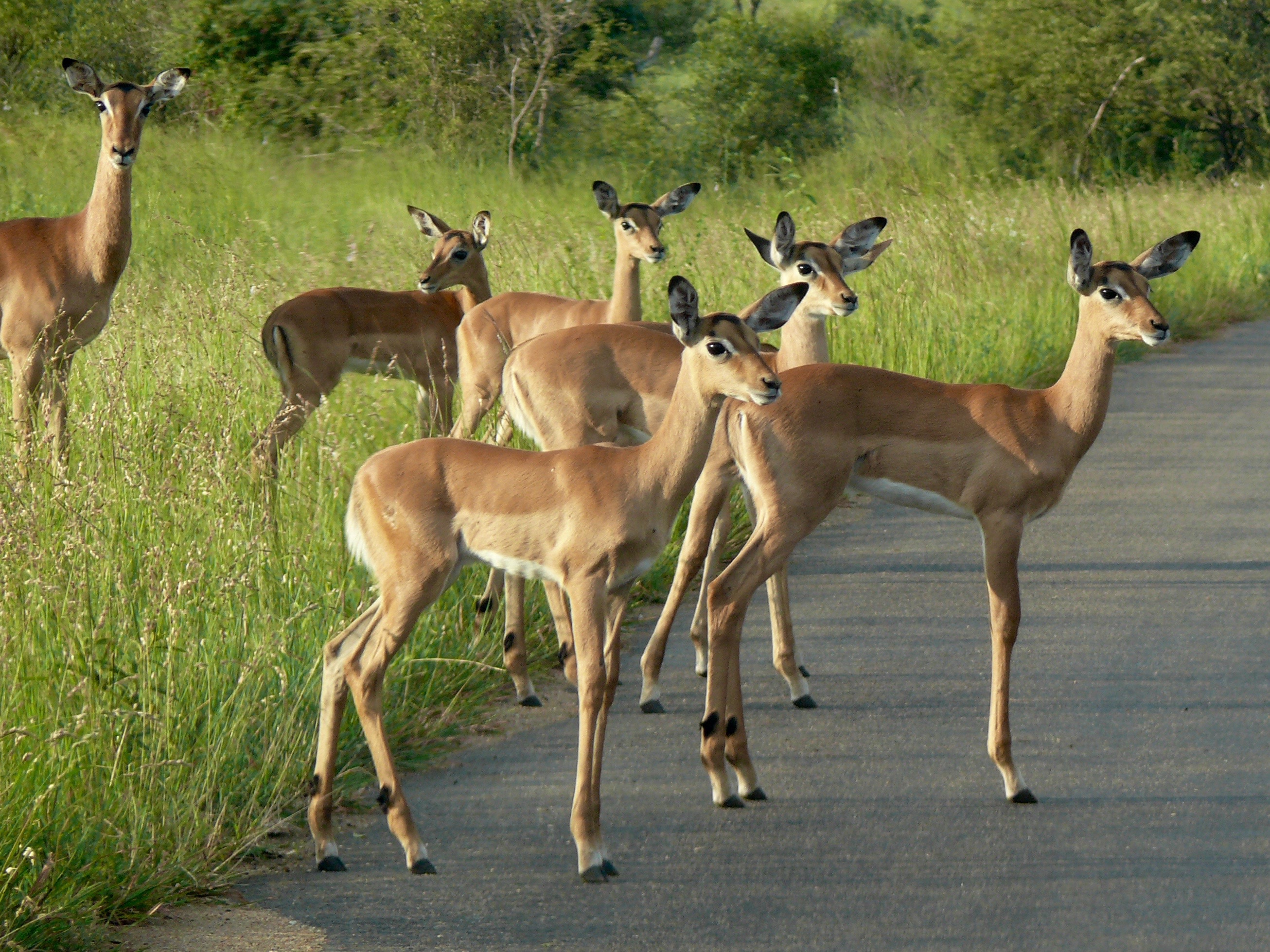
Impalas are often the first animals you see when entering the park. They are the most common antelope in the Kruger and also common prey for predators
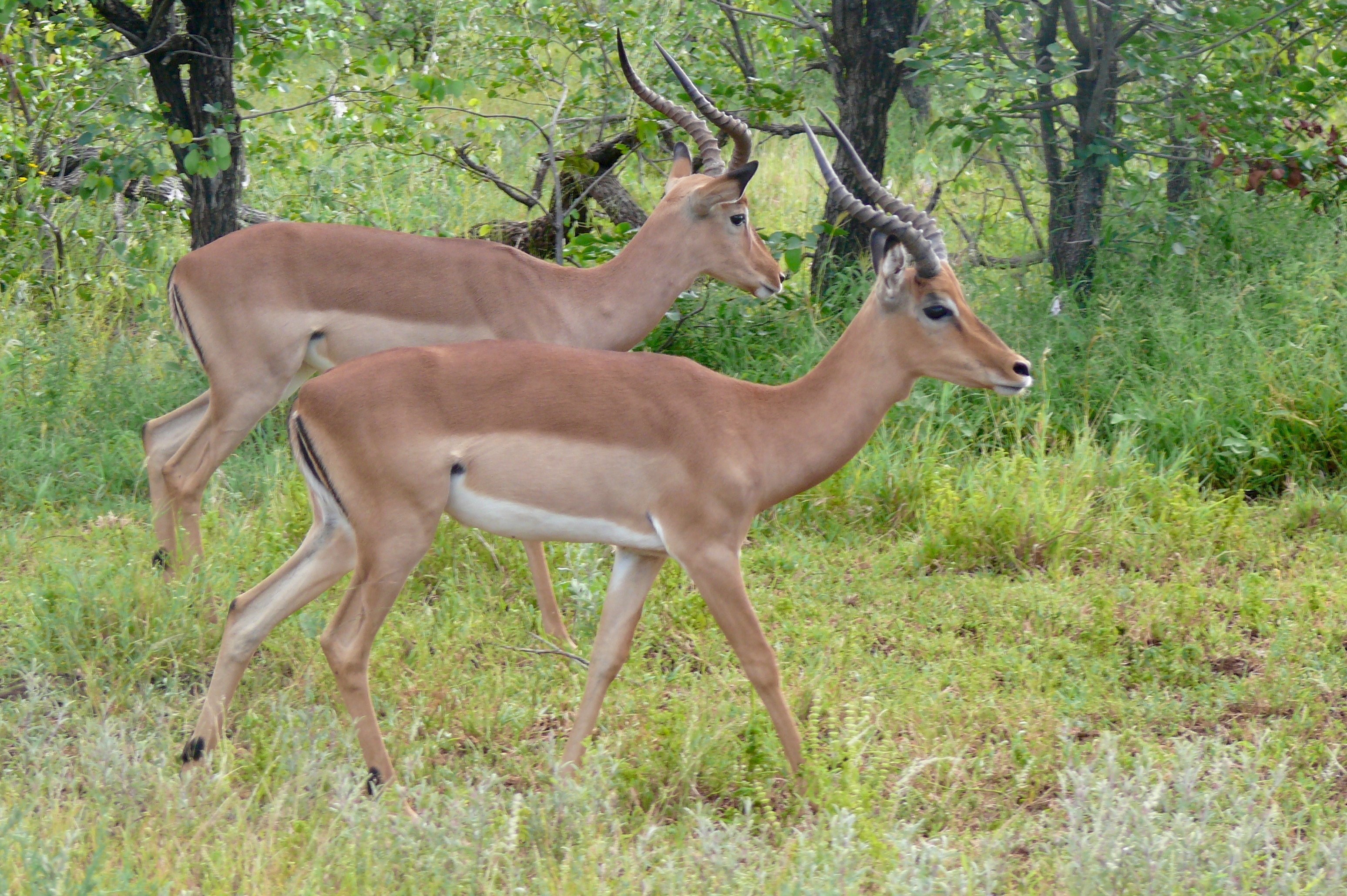
The first birds we saw in the park were the legendary Yellow-billed Hornbill and the colorful Lilac-breasted Roller. Both of them are common sights in the park.
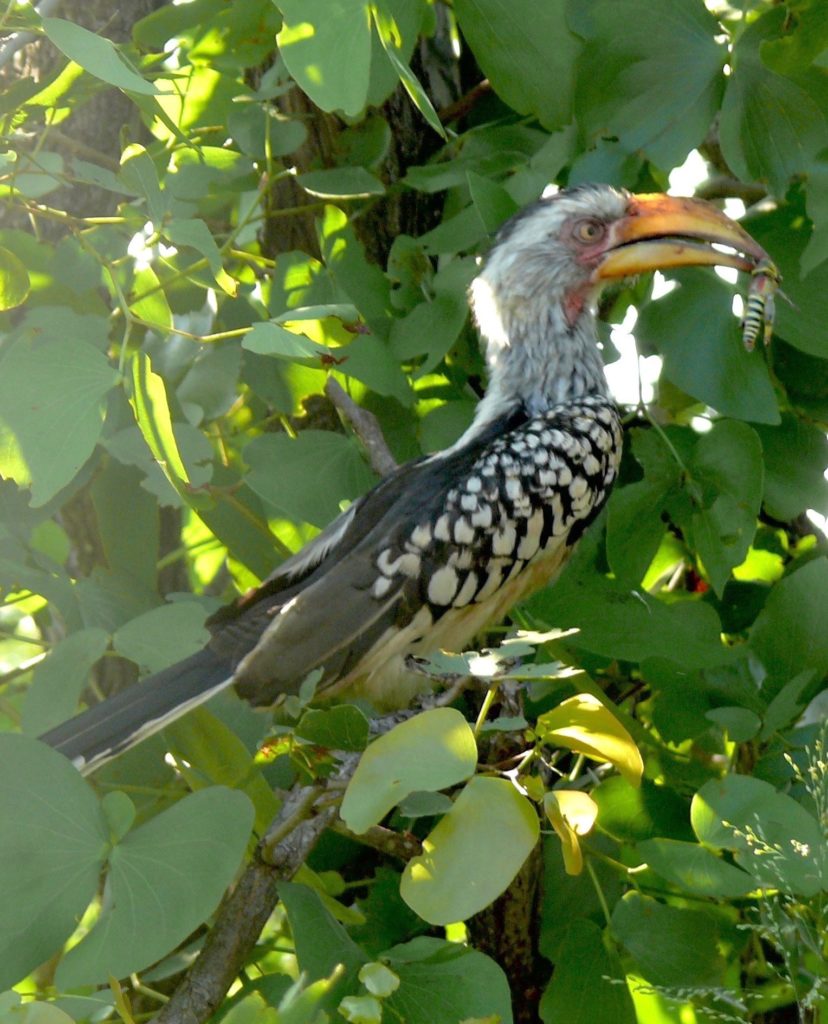
Yellow-billed Hornbill 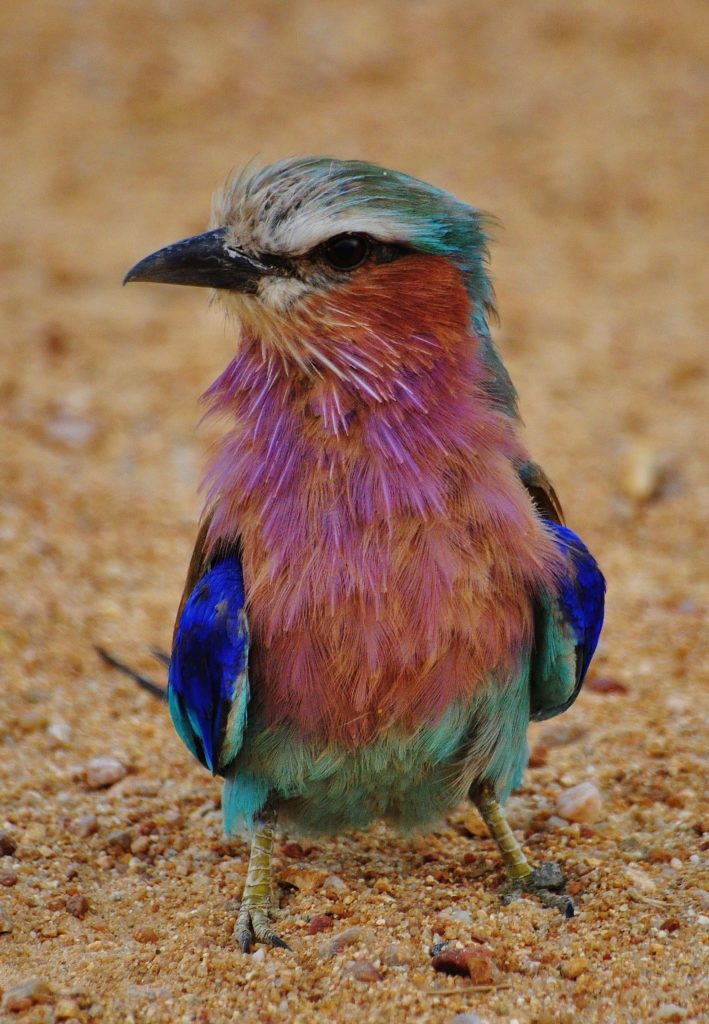
Lilac-breasted Roller
We also spotted an elephant through some trees, at a dry riverbed. The first of the Big5!
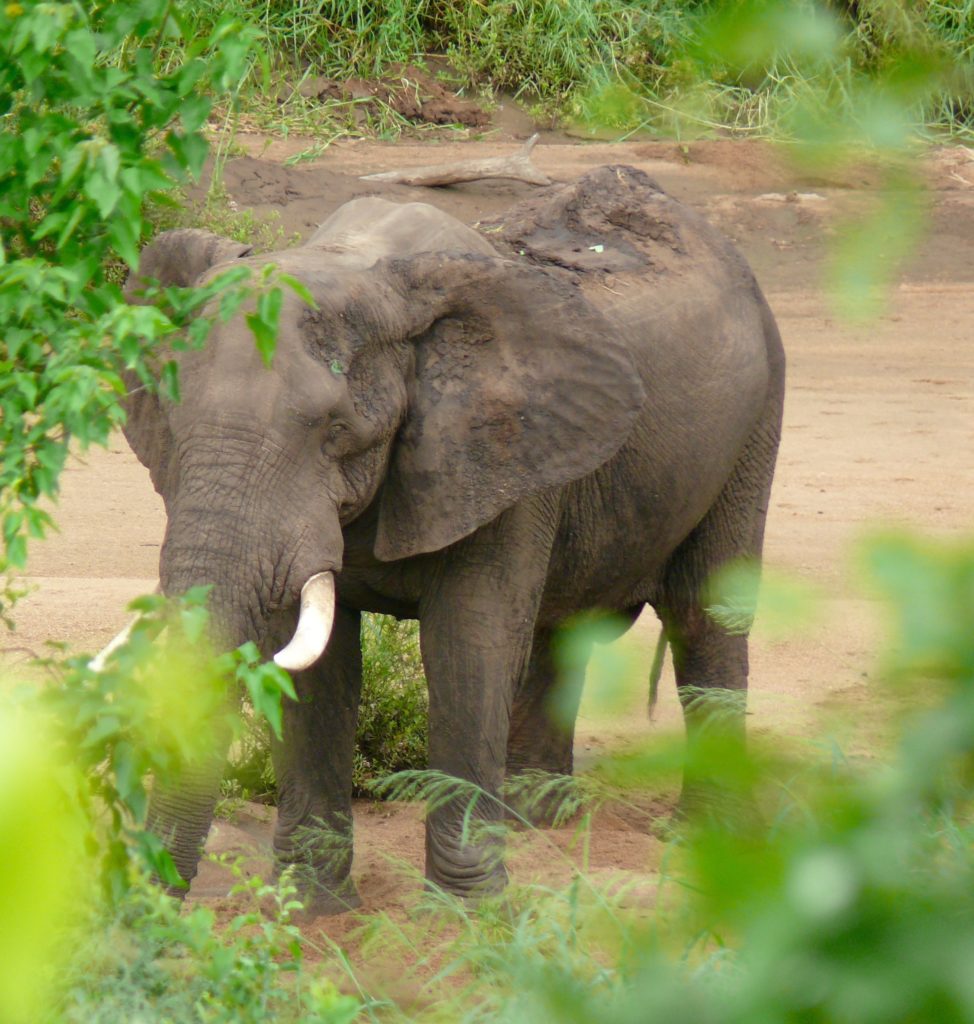

Shingwesi Camp
We stayed our first night at the Shingwesi Camp in the northern part.
It is a medium sized camp in the heart of the mopane shrubveld. It benefits from the proximity of the Shingwedzi River and the Kaniedood Dam which attract most of the game in this area.
The camp facilities include accommodation, restaurant, swimming pool, cafeteria and laundry.
We stayed at a moderately priced bungalow – basic, but had all that we needed; nice beds, WC and shower, freezer and utensils. Dinner we enjoyed in the camp’s restaurant. Most of the main camps have their own restaurants. It is also possible to make your own dinner, and there is usually a braai outside the bungalow.
Big5: There is good possibility to see 4 of the Big 5 in the surroundings. Elephants and buffalo are common, especially near Kanniedood Dam on the Shingwedzi River, 1o km south of the camp. Rhino can be spotted, but is less common. A large Lion pride is in the area and leopards are often seen in the riverine areas.
Next morning we continued driving south in the park. We drove the route S52 which is parallel to the main road H1-6. It turned out to be a lucky choice. We spotted this nice creature, crossing the road about 50 meters in front of us. At least I got a picture from behind… Leopard – one of the Big5!

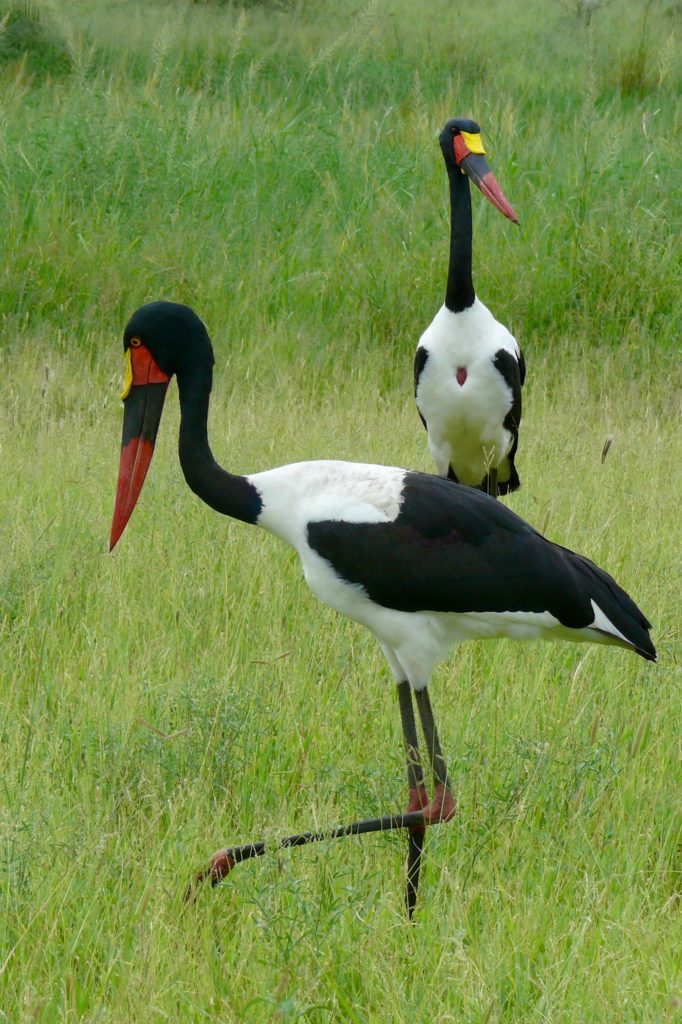
Saddle-billed stork – also near the river. This majestic stork is one of the “birding big 6” – which are 6 bird species selected by park officials for their uniqueness. The six are:
– ground hornbill
– kori bustard
– lappet-faced vulture
– martial eagle
– pel’s fishing owl
– saddle-bill stork
On the H1-6 south towards Letaba we met this big elephant. It was eating from some trees close by the road and then began walking straight out in the road in front of us.
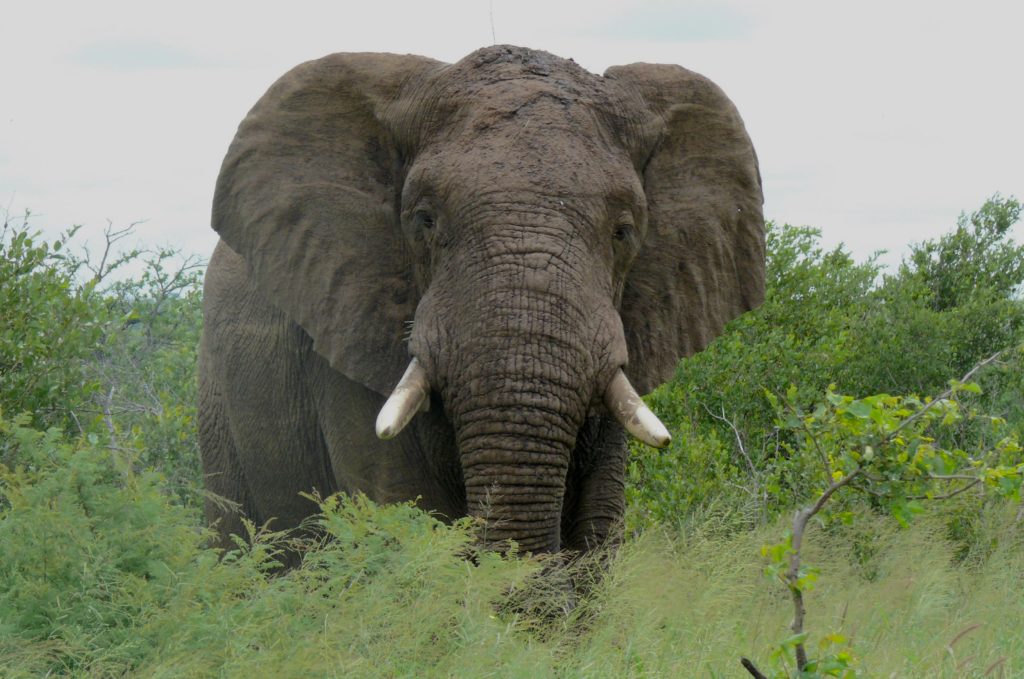

It was pretty close so we had to move back a bit. Then we waited a little while to see where it wanted to go – it turned and began walking straight towards us. I still remember my mother shouted «get back Gitte – get back». And so I did!
The elephant stopped at last, and began eating from some bushes, and then walked away from the road.

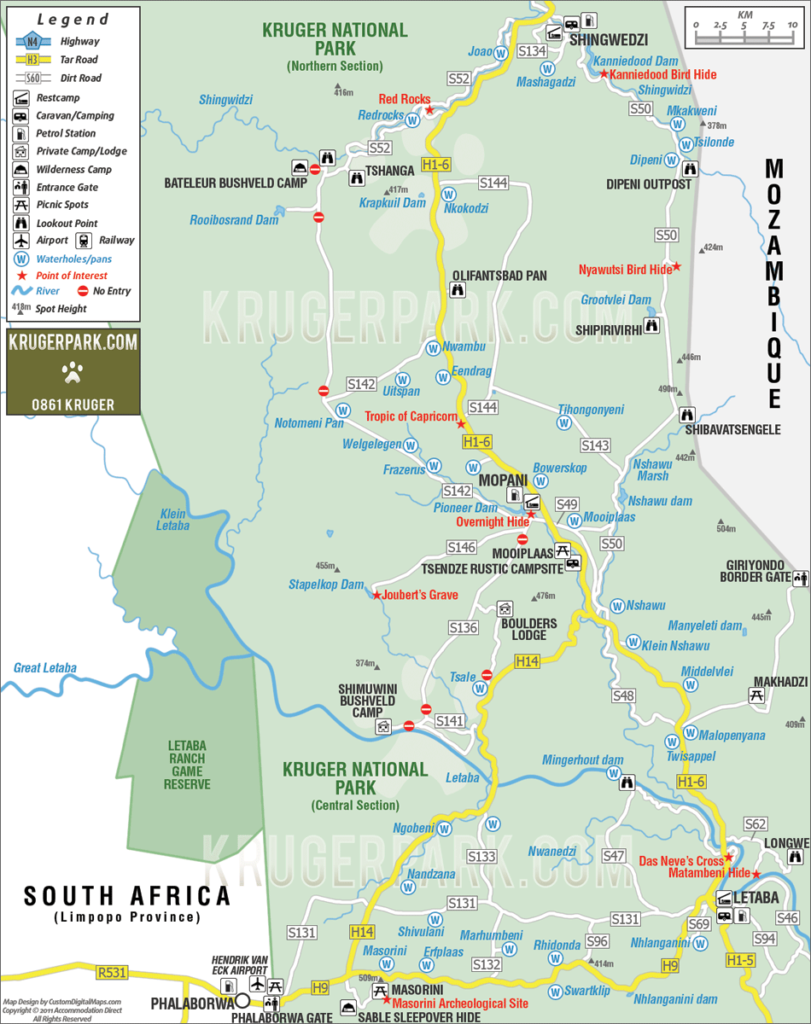
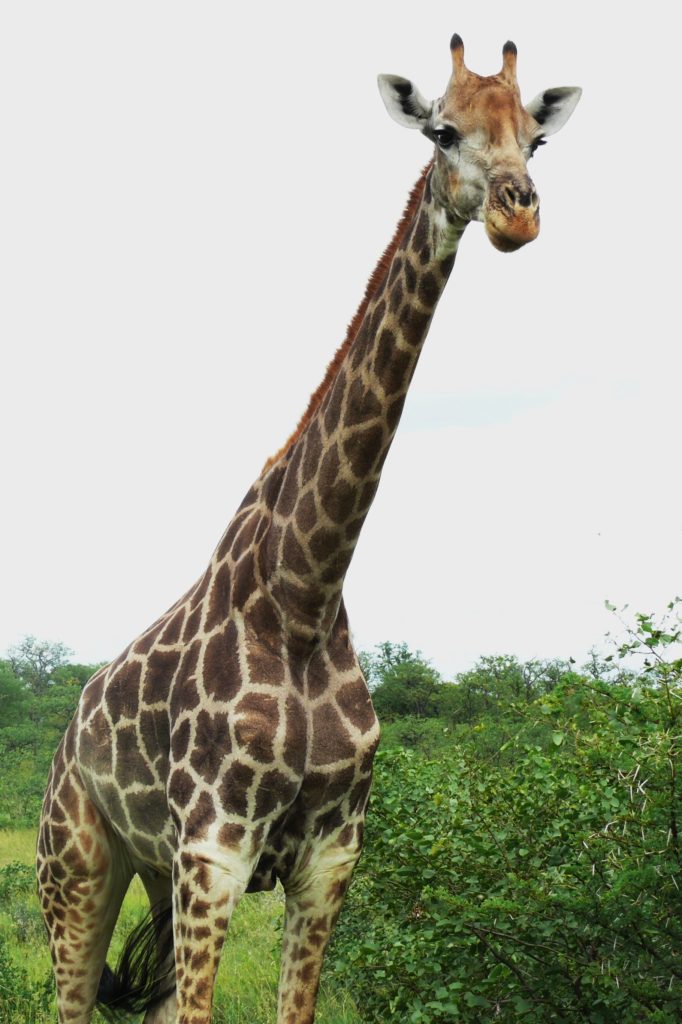
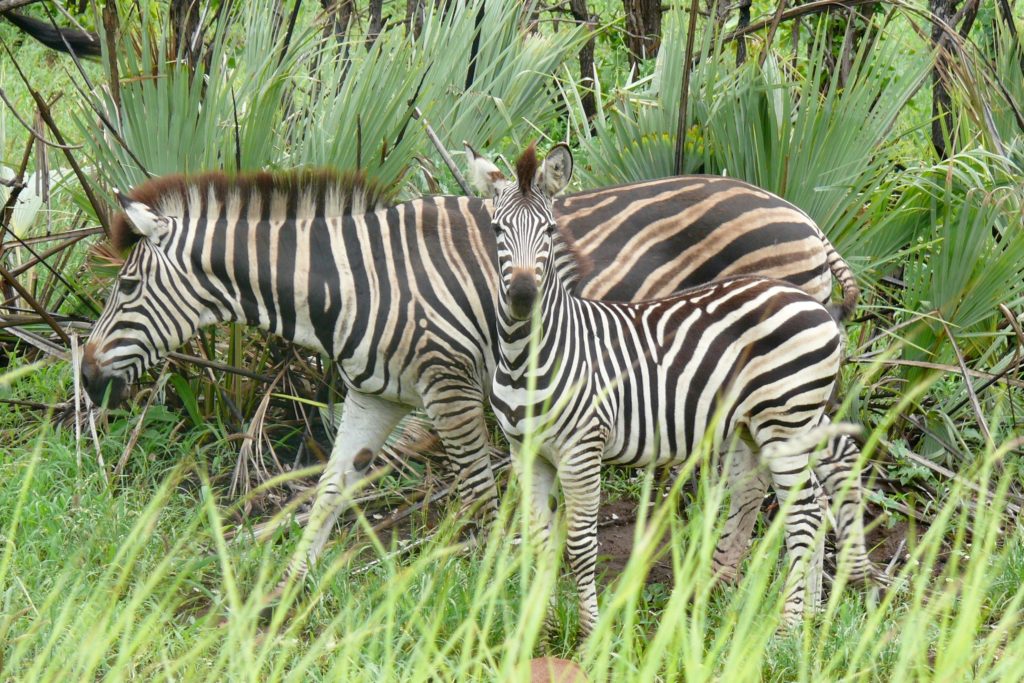
We also saw some giraffes and zebras on our way to Mopani Camp where we had a rest and some lunch.
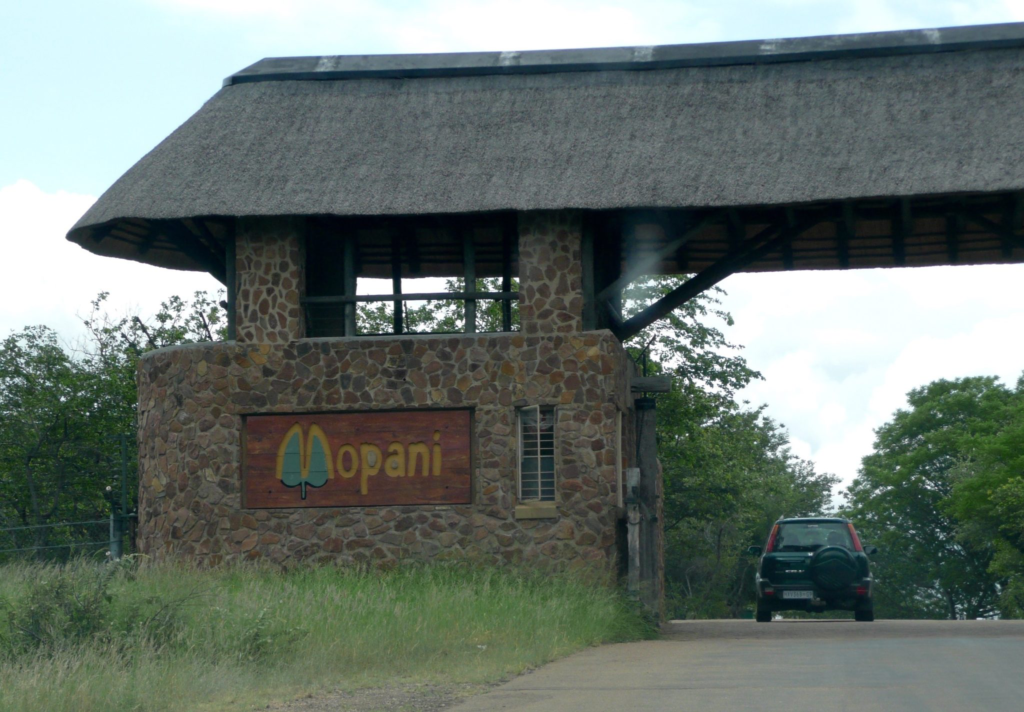
Lunch at Mopani Camp 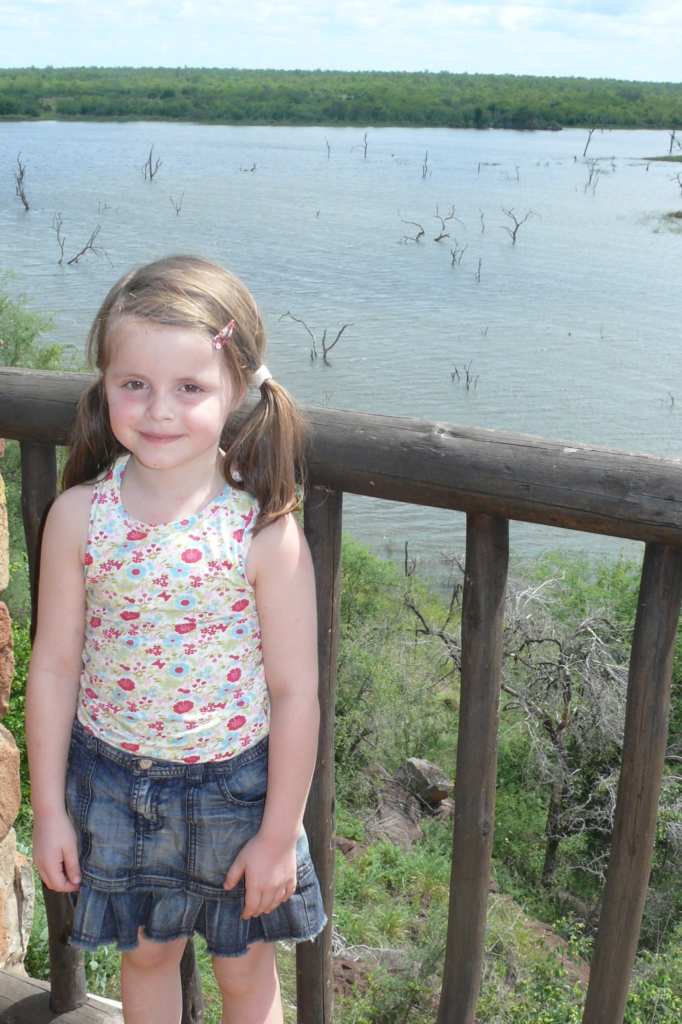
Great view to the Dam-from the restaurant 
Mopani Rest Camp – is named after the mopane-trees that surrounds the camp. It is located on at a hillside covered with mopane-trees – overlooking the Pioneer Dam. It is the newest and most comfortable rest camp in the the park.
Has a swimming pool and a very good restaurant with a great view to the dam.
The area is rich in plant species like the mopane shrub, red bushwillow trees and sweet grass, providing rich grazing for impala, warthog, elephant and buffalo. This is also the area for rare antelopes, and roan antelope, tsessebe and sable antelope are often seen. There is also a chance to see caracal and black-backed jackal .
Big5: In addition to elephant and buffalo that are common, leopard is also seen often. But lion and rhino are seldom spotted in the area.
In the afternoon we came to Letaba Camp where we stayed the second night. Letaba Camp – is situated on a sweeping bend of the Letaba River, midway between the southern and northern boundaries of the Kruger National Park.
Letaba means “river of sand”, and the sandy riverbed is an excellent location for game viewing, particularly elephant, which thrive in the area. Letaba is a green oasis surrounded by mopane.
Camp facilities include: cafeteria, fence perimeter, laundry, restaurant and a swimming pool.
Big5– both lion and leopard are regularly seen in this area, and so is large numbers of elephants and buffalos. Rhinos however can be difficult to spot.
We stayed one night in this camp – at one of the biggest bungalows : “Fish Eagle Guest House” – with 4 bedrooms and two bathrooms, big kitchen and livingroom. Close to the river there was a bird-hide/lookout, lovely positoned by the Letaba River.
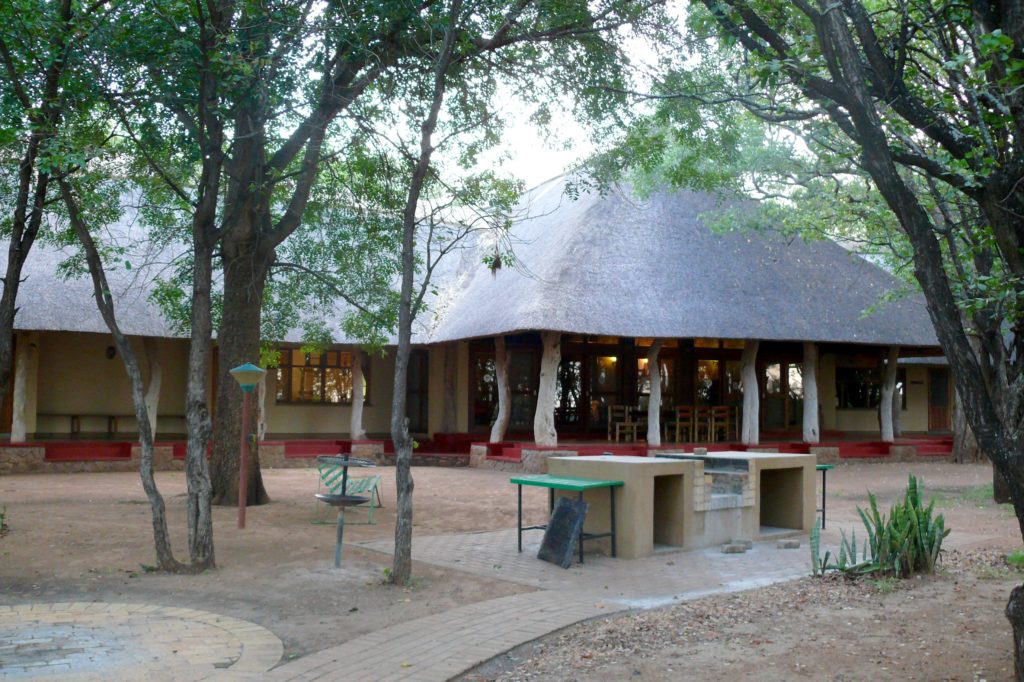



Photos from Sanpark.org
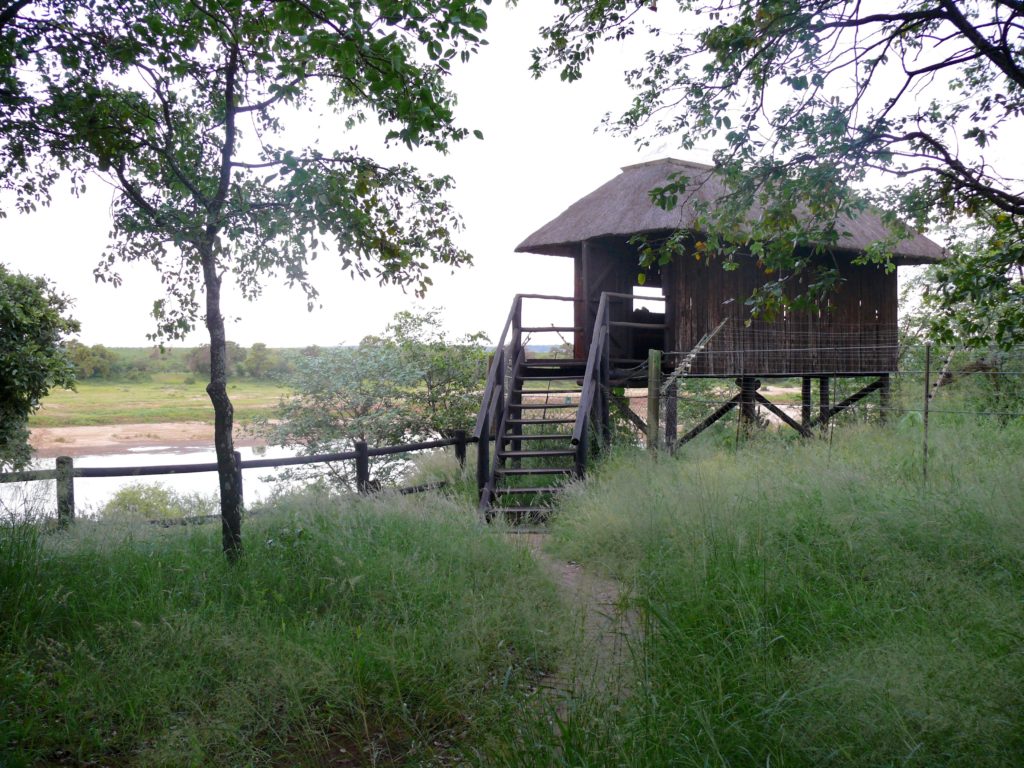
I had an evening drive around the area near the Letaba camp, hoping to catch sight of some cat animals, but there were only some waterbucks and some baboons to see.
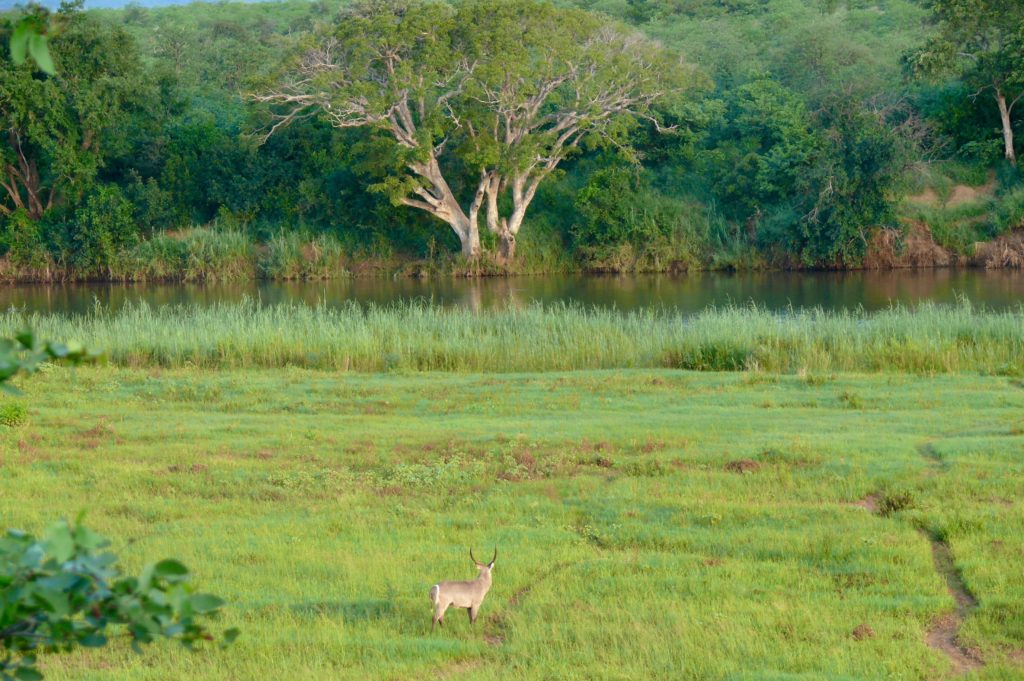
A lonely waterbuck at the banks of Letaba River
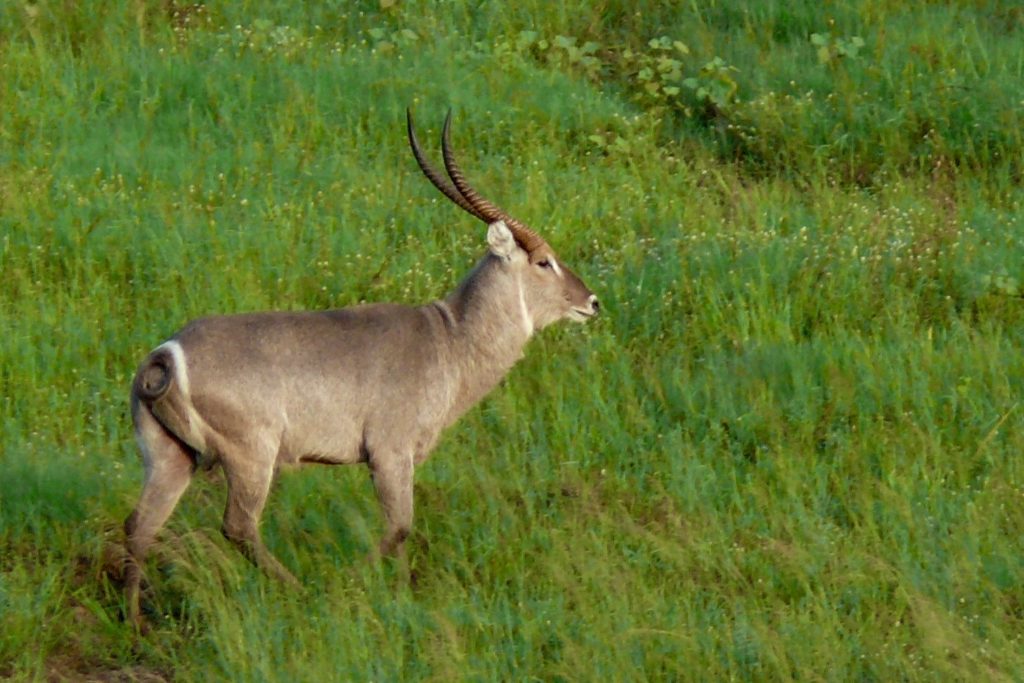

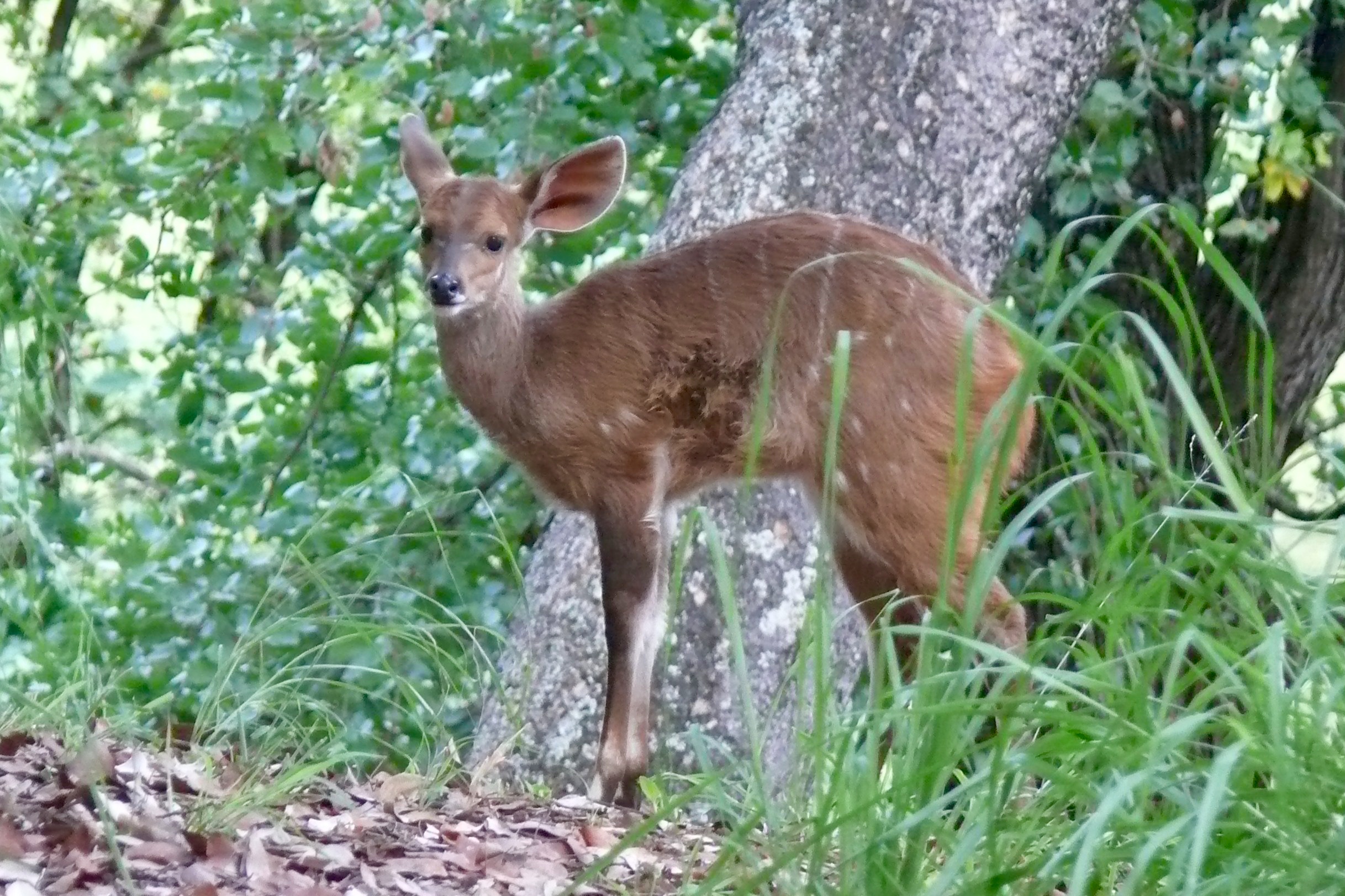

Of course we had to see a fish eagle – just outside the FISH EAGLE GUESTHOUSE

We had a roundtrip S131/H9 near Letaba Camp the next morning. Sights of zebra, wildebeest and buffalo, but no cats.
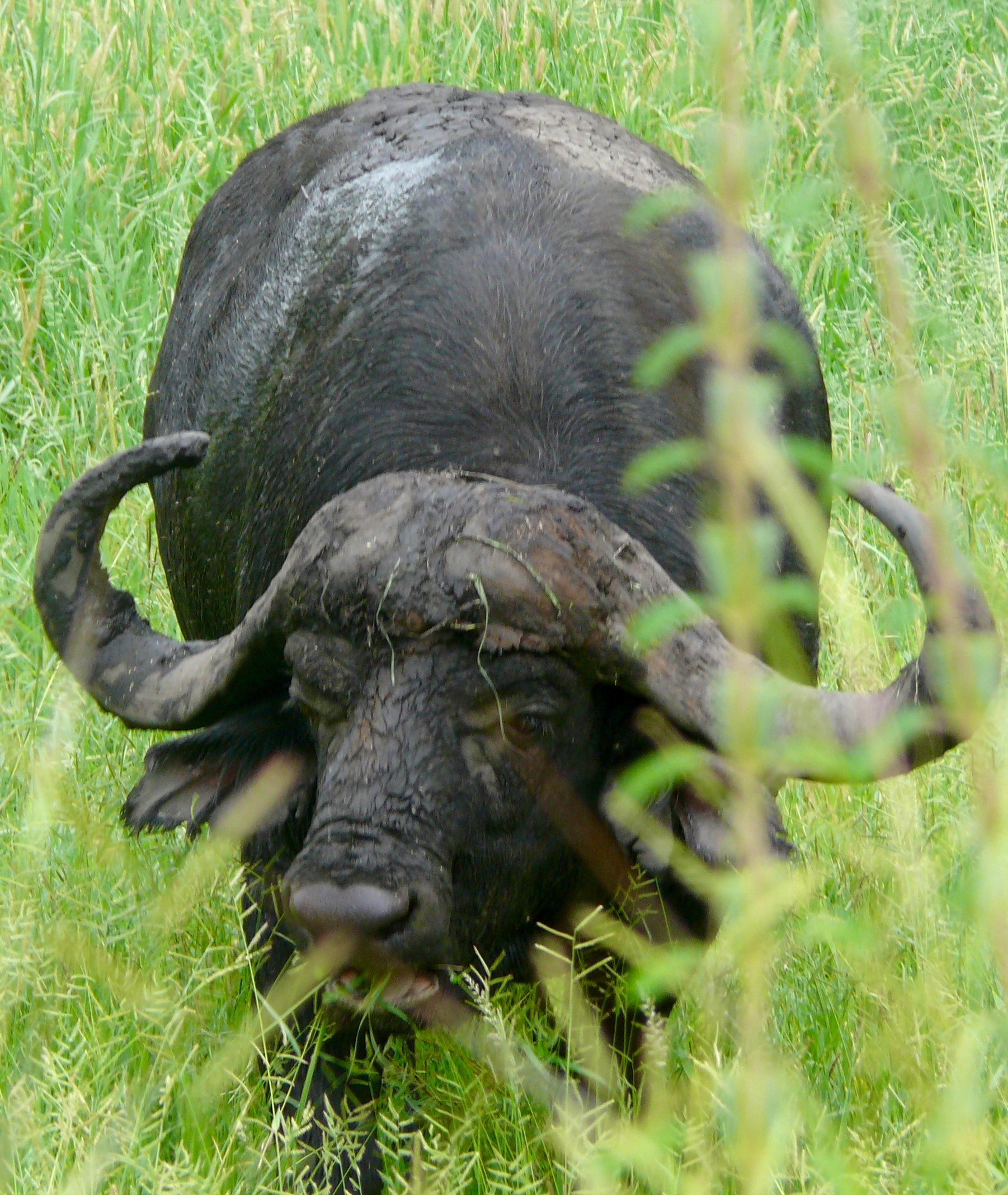
We continued south on H1-5 to Olifant Camp where we had a lunch break.
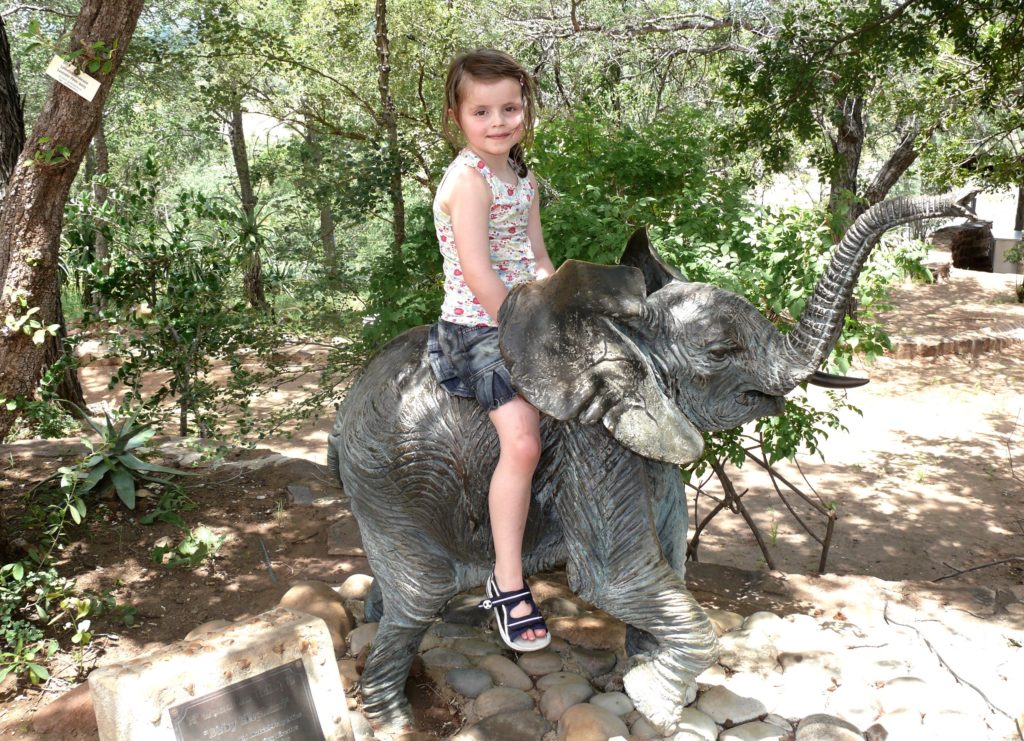
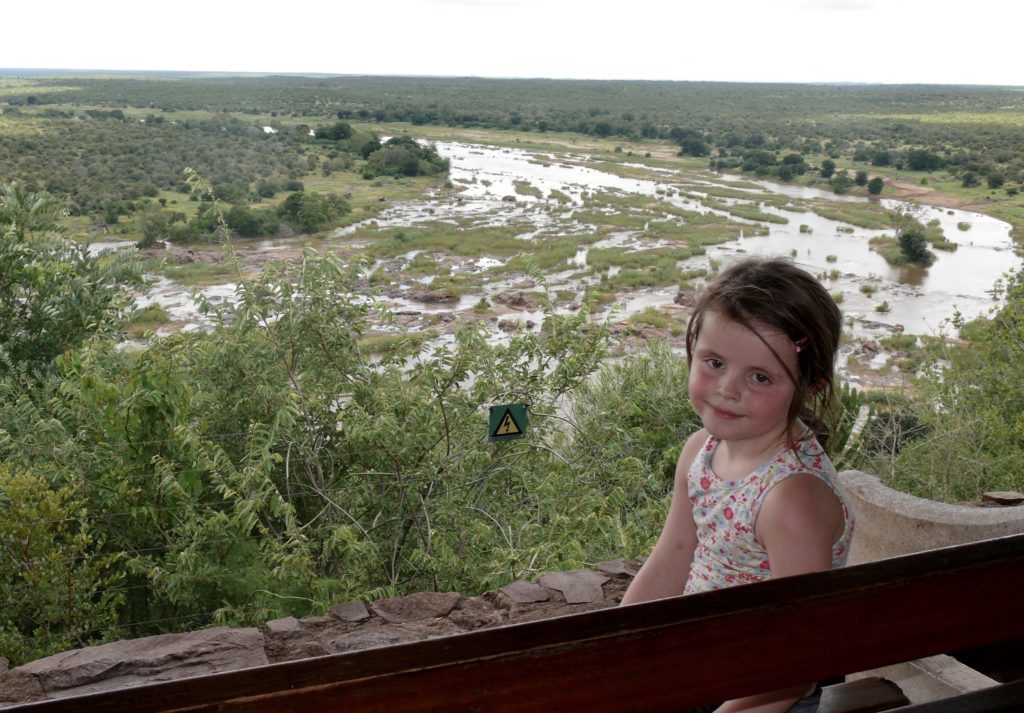
View to Olifant River from the restaurant 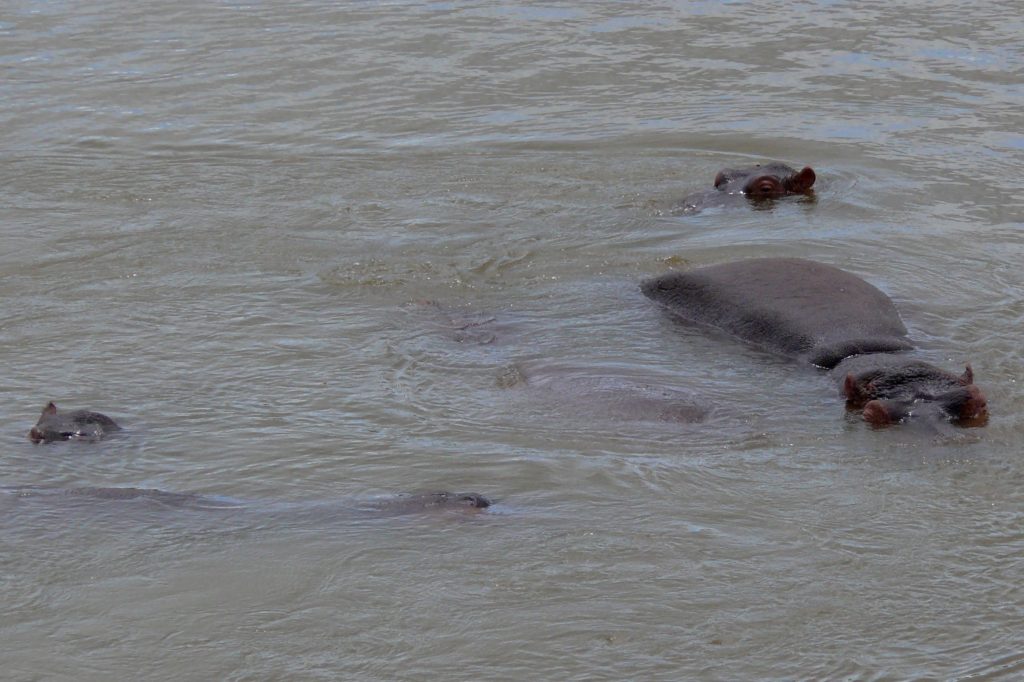
Hippos in the Olifant River
Olifant Camp – has a scenic location – situated on a top of a hill, overlooking the Olifants river. It is one of the smallest camps but very popular.
Going further south – towards Satara – there are open grassy area where herds of wildebeest, zebra and antelope and other grazers are common sights. That also means there are predators in the region.
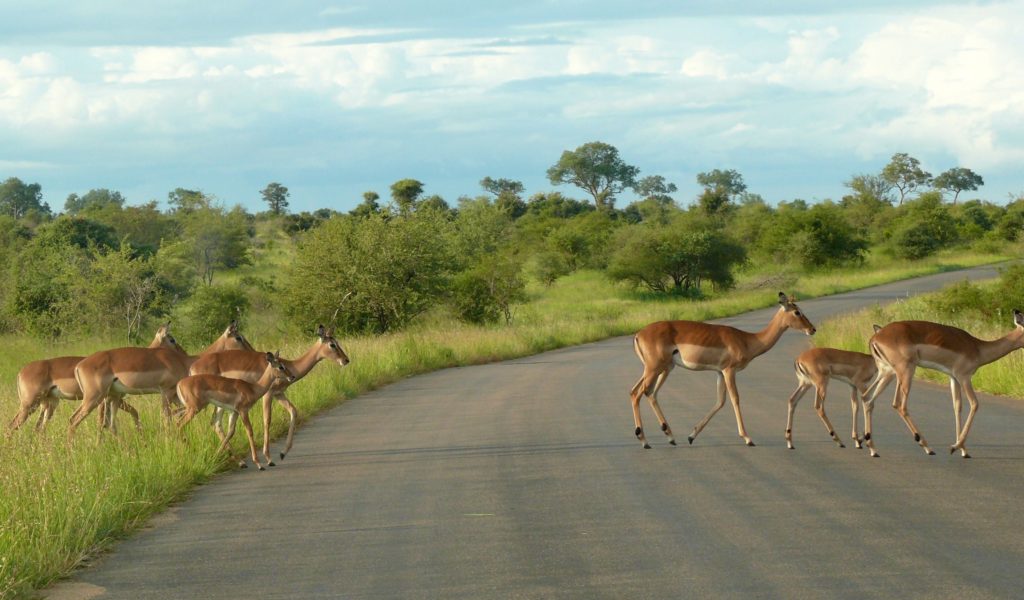
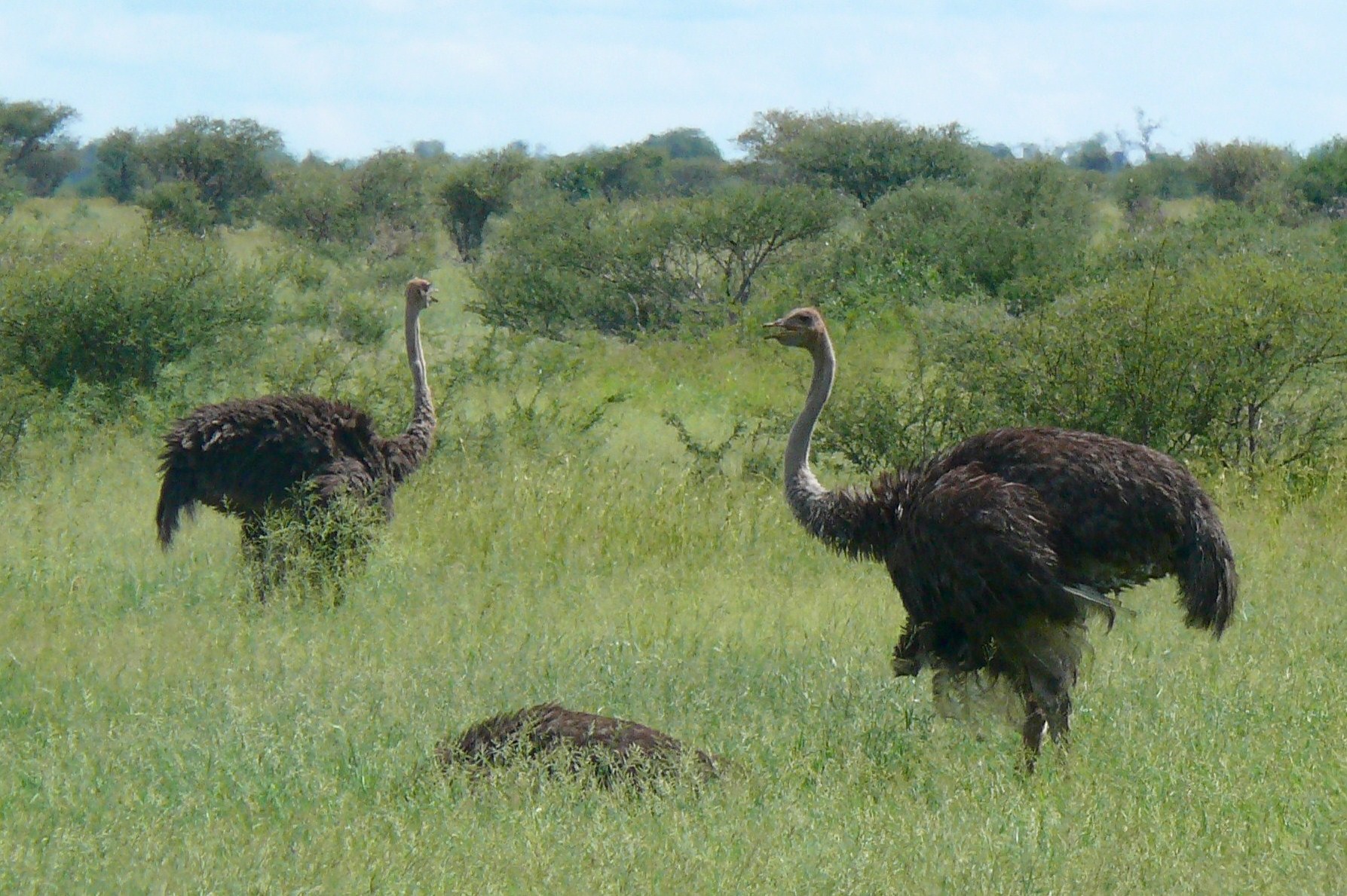
Impala, osterich and kudu were some of the animals we met towards Satara Camp.


The third night we stayed at Satara Camp, in nice round bungalows.
Satara Camp – is the second largest camp in Kruger – after Skukuza, and offers accommodation, restaurant, cafeteria and laundry facilities.
It is known as the “cat camp” because this is one of the best areas to spot lion, leopard and cheetah. This is also the reason for its popularity.
The rich grazing land and many waterholes here attract large numbers of antelope, zebra, wildebeest, waterbuck and buffalo – with the big cats close by.
All the big5 except Rhino are common sights in the area.
So with this in mind we had a drive around Satara in the evening. On the grasslands west of Satara there were many impala, zebras, wildebeest, giraffes and warthogs.
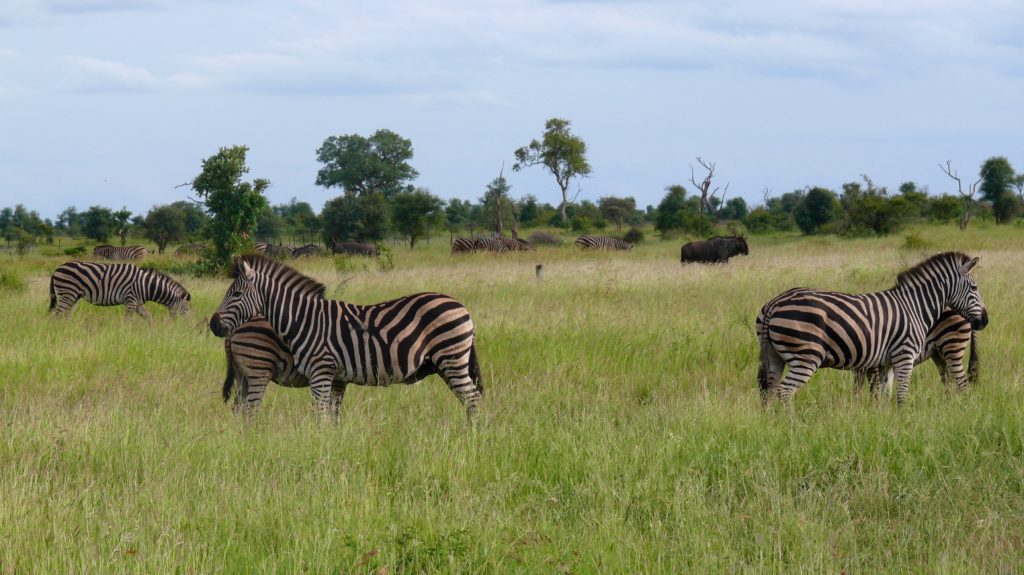
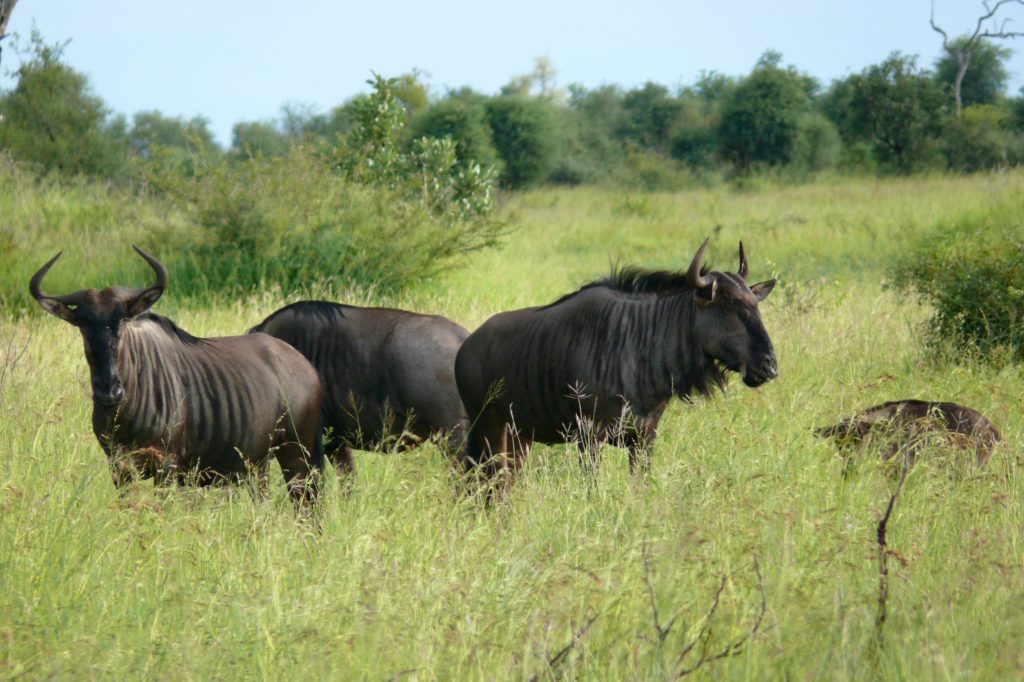
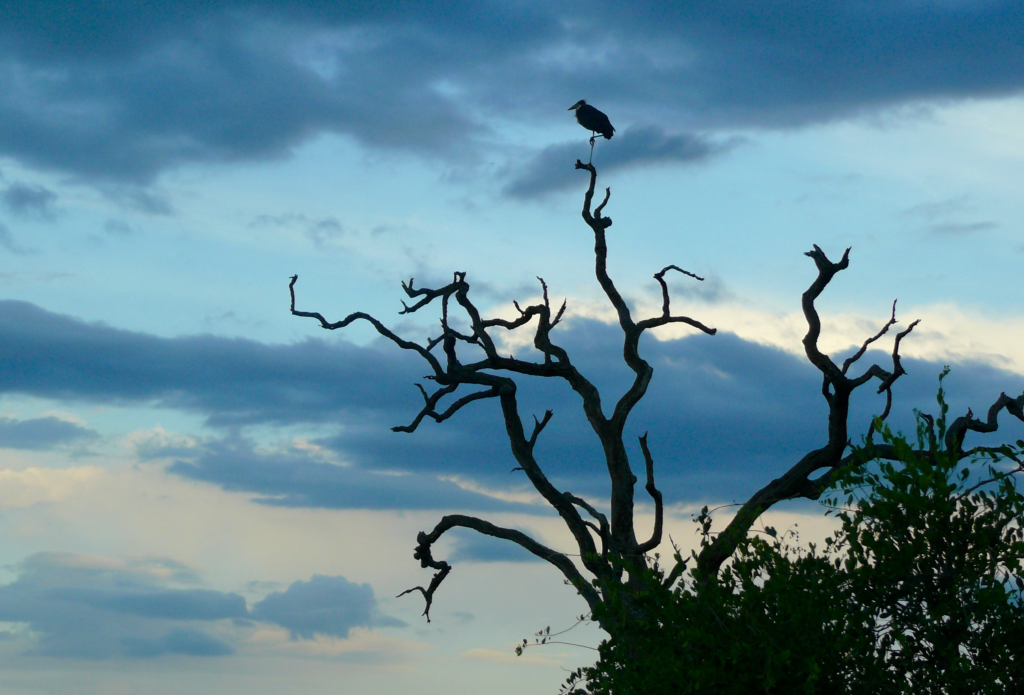
Before going back to the camp that closed half past six, we saw both marabou storks and vultures in top of some trees. No cats around the “cat camp” this evening..
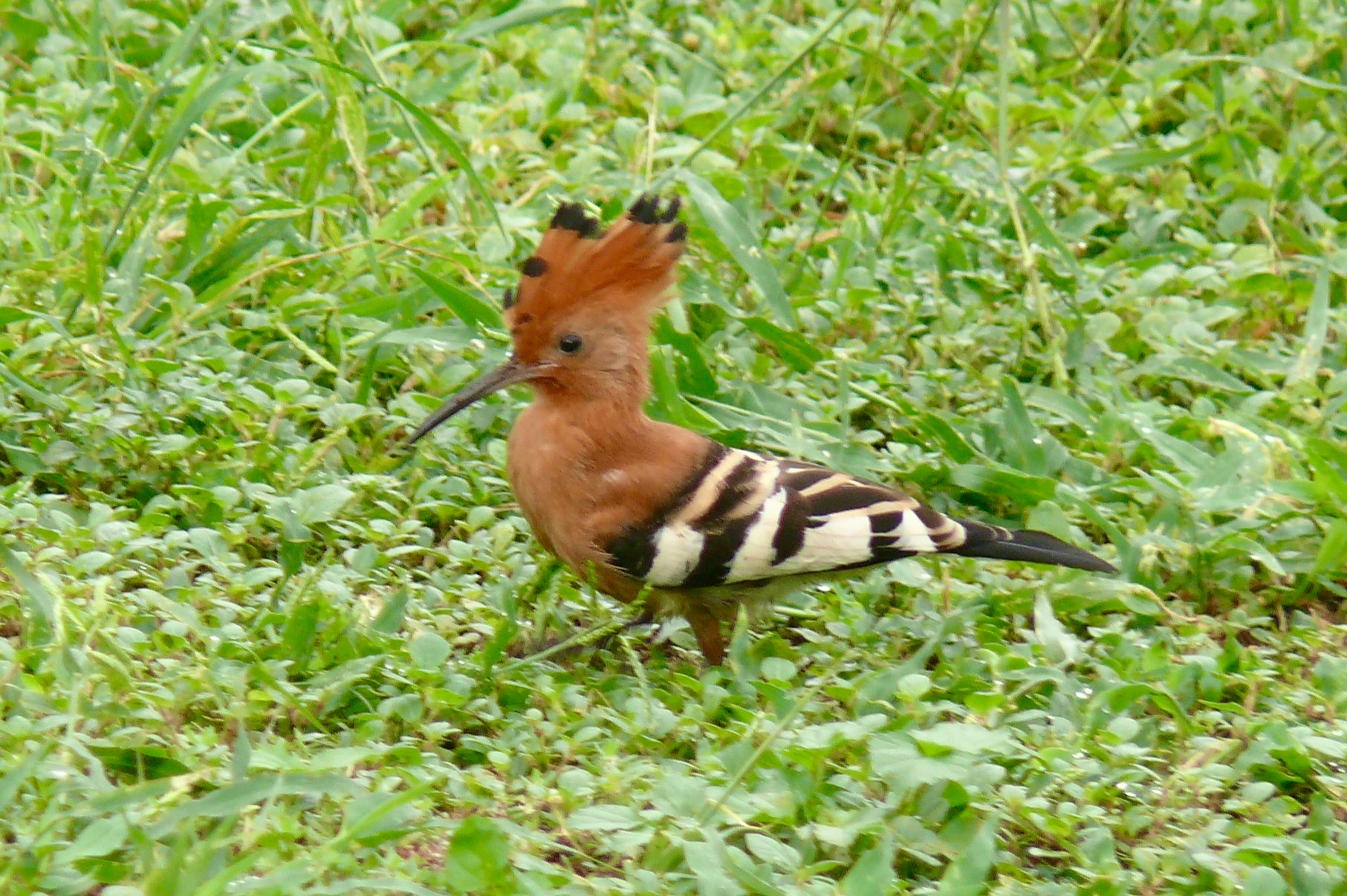
Early next morning we had a drive in the area around Satara. This time as well, wildebeest, giraffes and zebras were sighted.

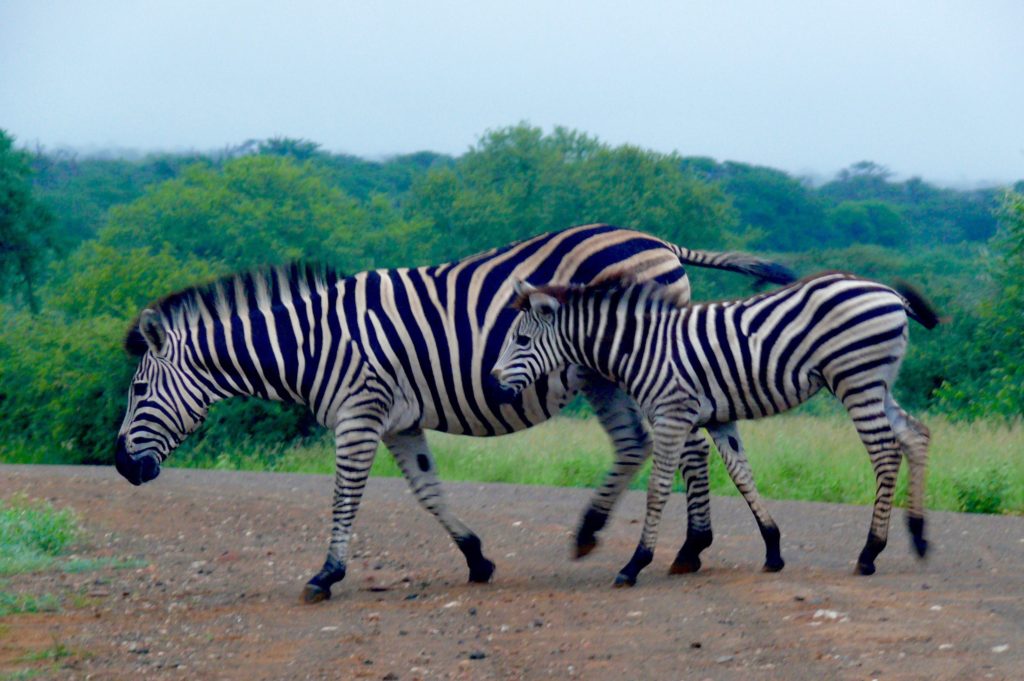

Back in Satara, we had some breakfast, and left the camp – going south towards Skukuza. First on H1-3, then on gravel roads S126 west and S36 south.
Some of the sights from that route:

Woodland Kingfisher 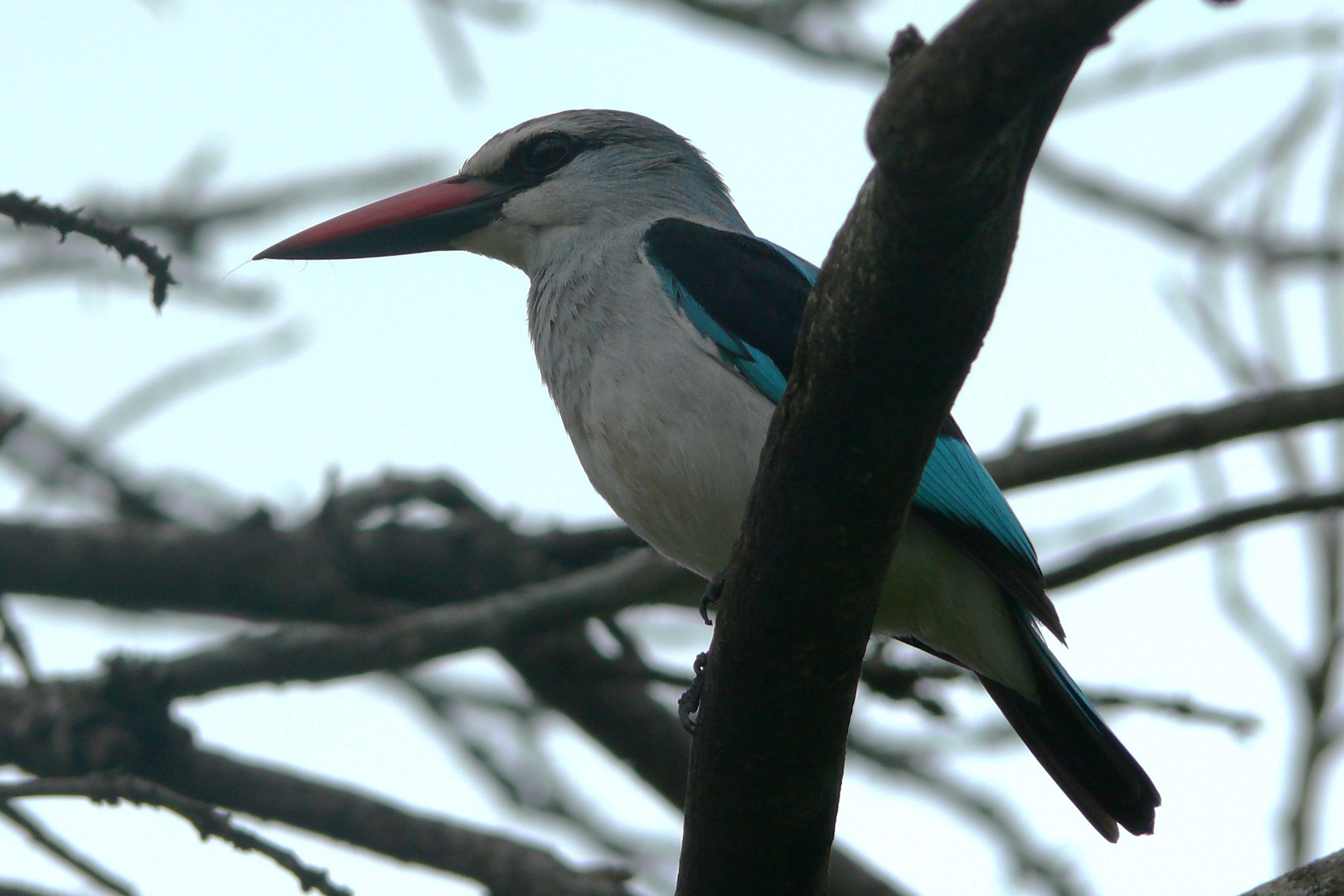
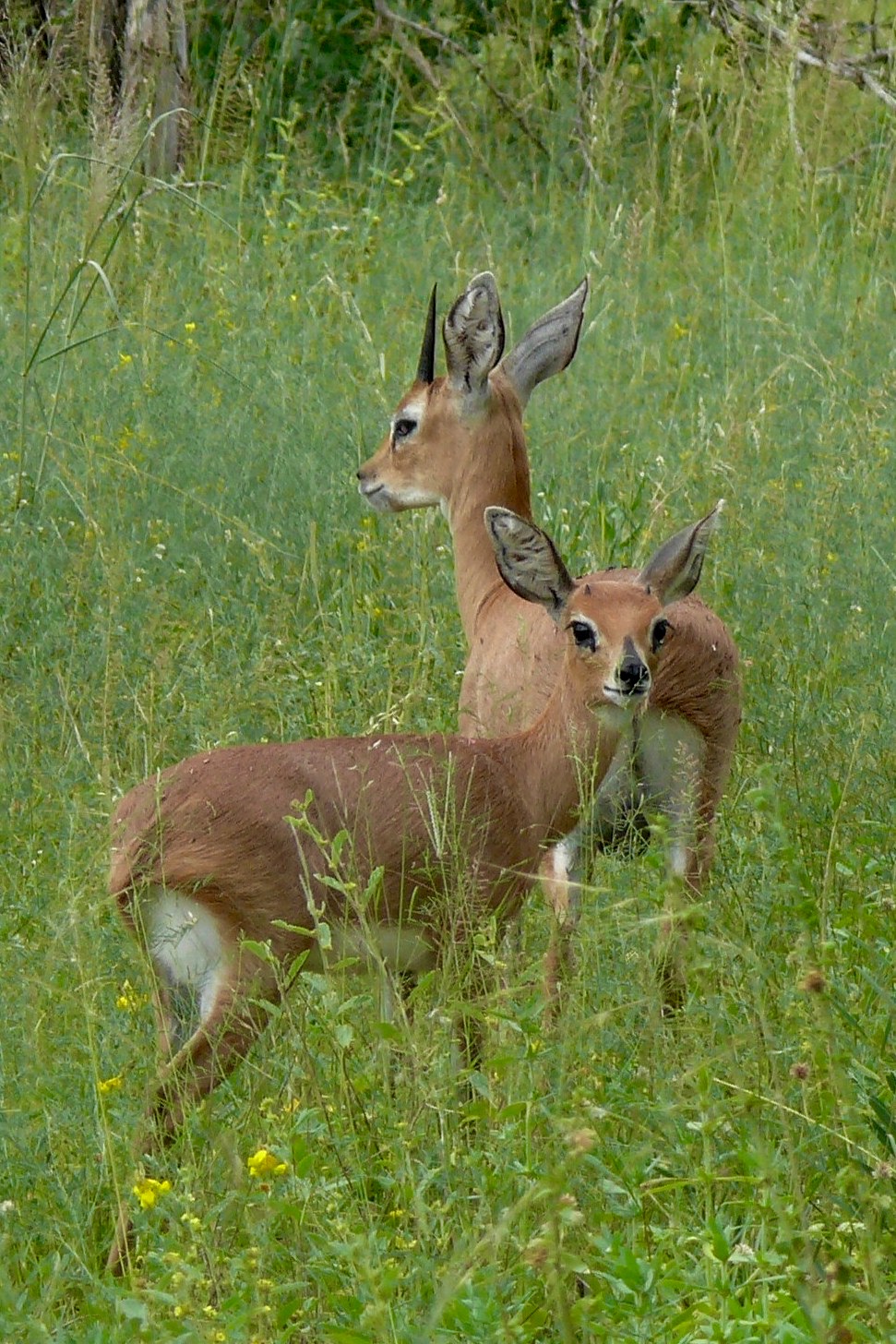
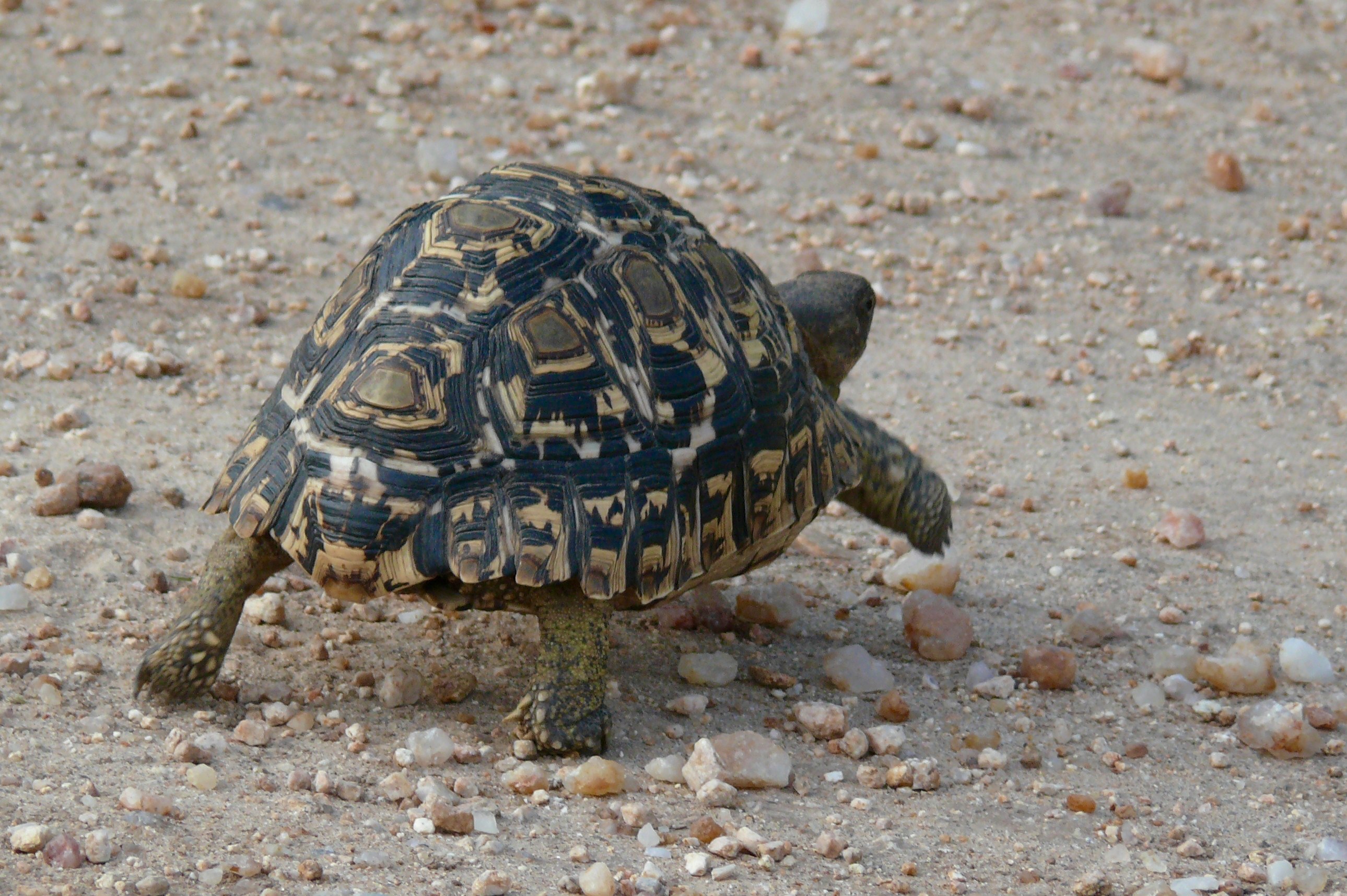

Wildebeest (gnu) 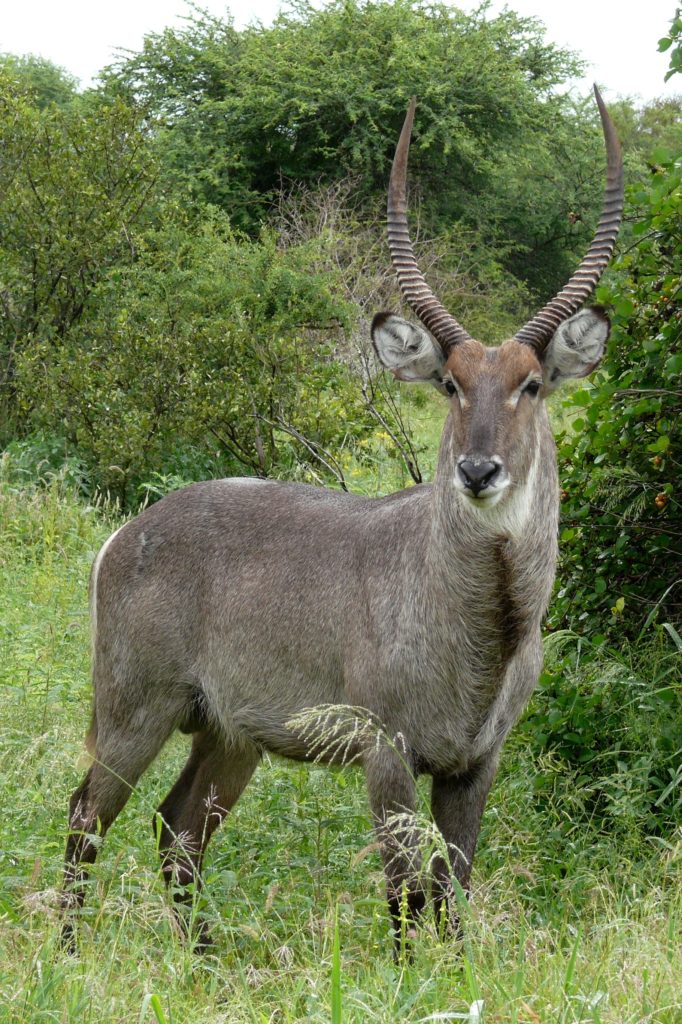
Waterbuck
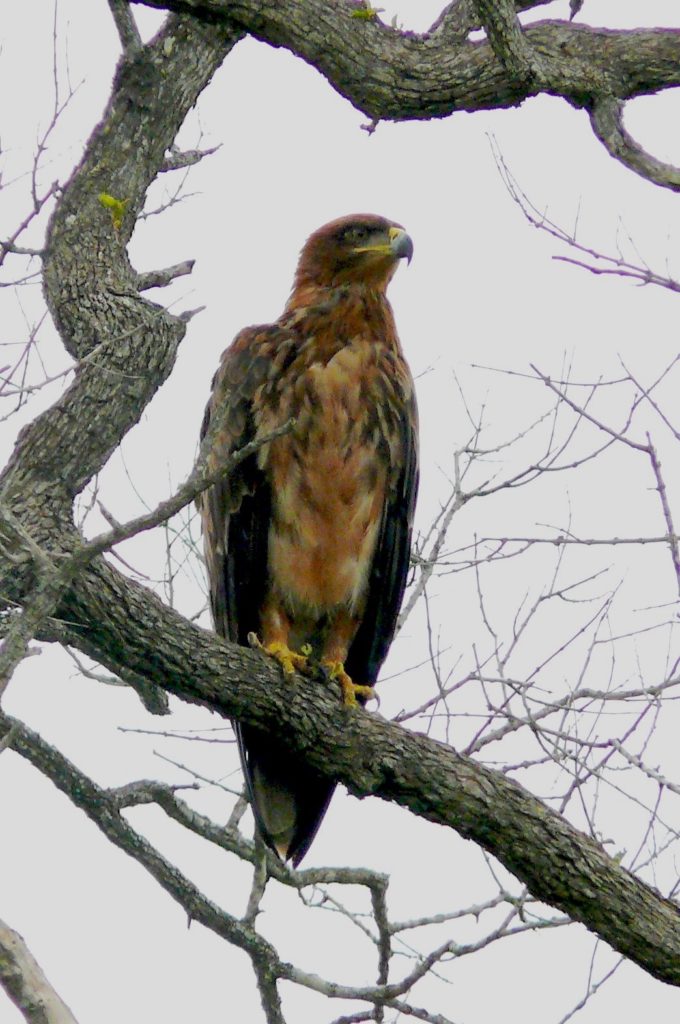
Wahlberg´s Eagle 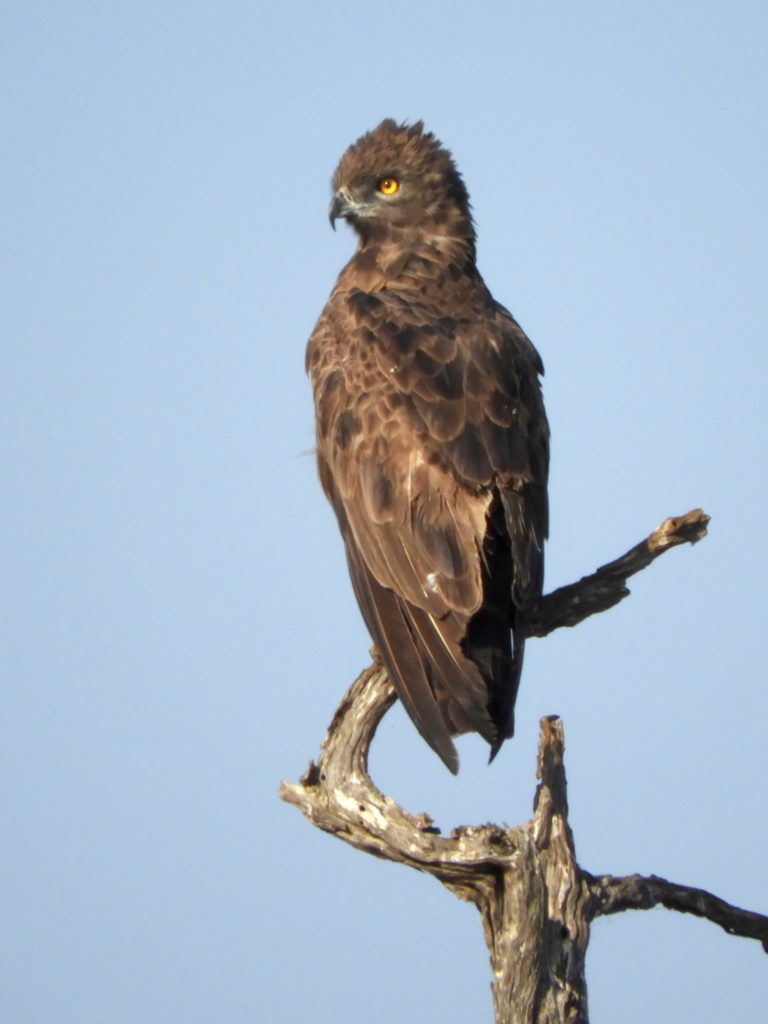
Brown Snake Eagle
At Skukuza Camp for lunchtime – we also stayed overnight at this camp.
Skukuza Camp: Located in the north of the southern region – and serves as the Headquarter of Kruger National Park. Skukuza is located 20 minutes from the Paul Kruger Gate and is the biggest camp in the Kruger. It offers a gas station, library, post office, car rental, grocery store, 9 hole golf course, a cafeteria and a bistro – and swimming pool.
Skukuza is situated directly at the Sabie River and animals like elephants, hippo, crocodile, giraffe and waterbuck often come here to drink.
4 of the BIG5 are common in the area – lion, leopard, elephant and buffalo.
We stayed at Elsie Clark´s Guest House – a big unit with two bedrooms.
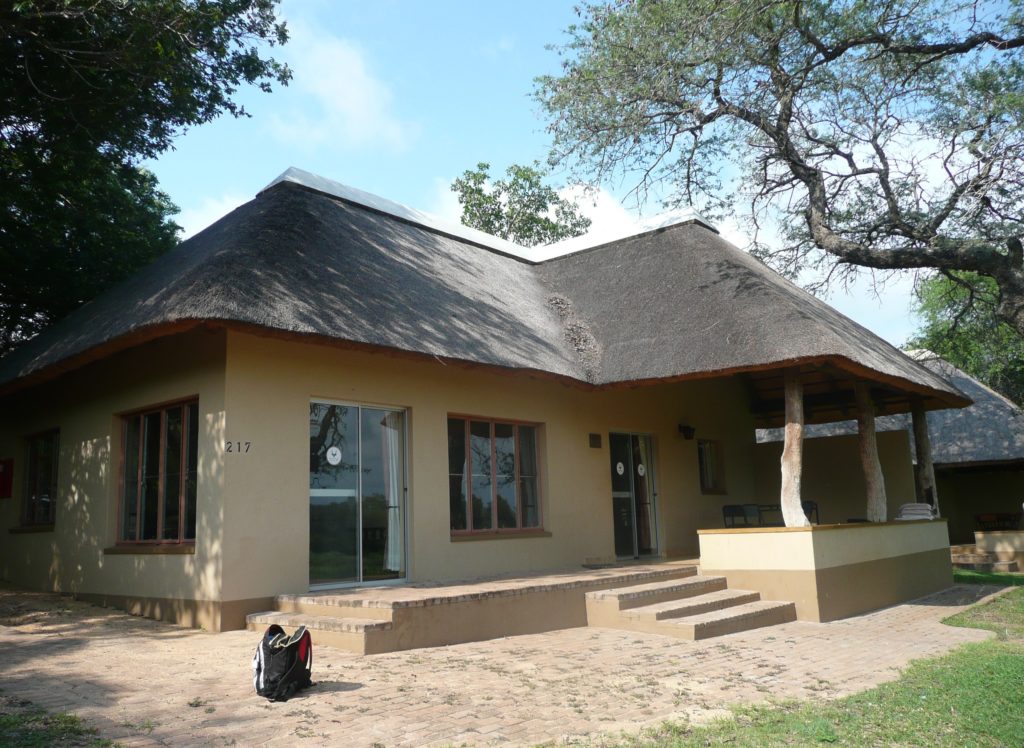
I had an evening drive – first a bit south of Skukuza,: kudu and eagles – then east of Skukuza – along H4-1,H12, H1-2 :elephants and hippos by Sabie River.
( in this area I have seen lions several times on later trips..you can read about this in the general article of Kruger National Park )

The southern region – from Sabie River in the north to Crocodile River in the south – has the greatest concentration of game – and gives very good opportunities to see the Big5 and plenty of others animals. That is why this part of the park attracts most visitors and is the busiest part of the Kruger. If you are coming from Johannesburg, this region is also the closest part to enter the Kruger.
The next day – the last day in the park – we had a drive in the southern part.
First we took the H4-1 to Lower Sabie. Usually this route gives some great sightings. But it was a very warm day, about 39 C and few animals were out and about in the middle of the day. The best time is definitely – early in the mornings and late afternoon, especially if you want to spot some cat animals.
We saw several baboons and impala though, and different kind of birds.
Followed the S28 from Lower Sabie towards Crocodile Bridge. Spotted many elephants, some babies as well. Some of them crossed the road in front of us, some behind the car.
Also several wildebeest and zebra were spotted. After a break in Crocodile Camp we headed on to Malelane at S28s, along the Crocodile River. It was on this route we spotted 9 female and 2 male lions in year 2000. But this was not the right time of day to spot cats, the most interesting animals were these giraffes by the road:

And at last – a rhino -this were at H3. Another of the Big5!
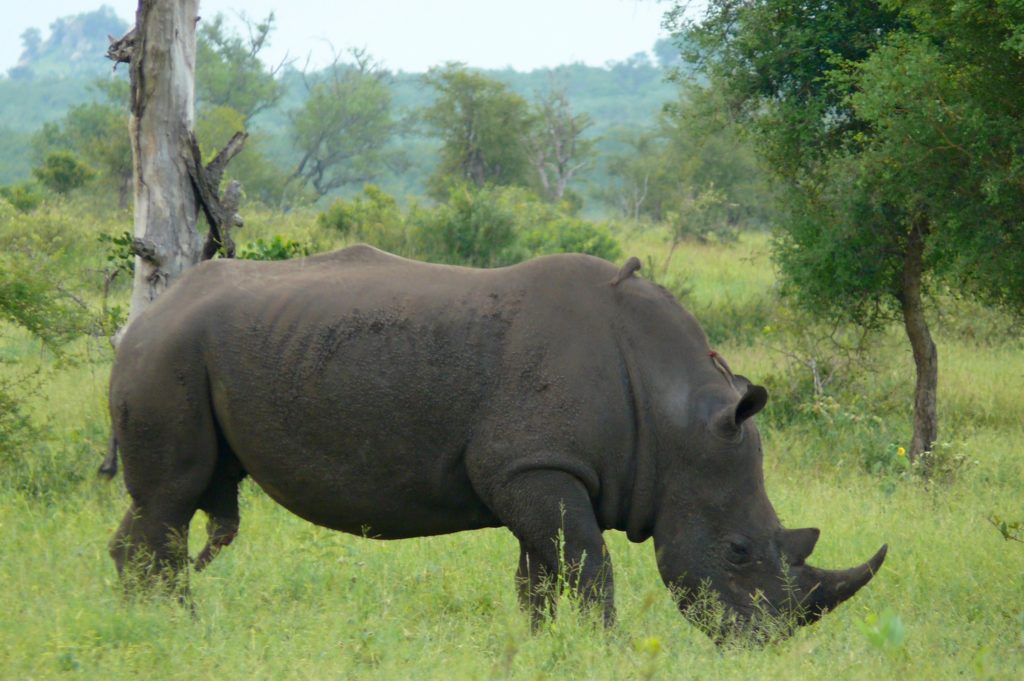
We also got a glimpse of a buffalo herd at H2-2 on our way to Pretoriuskop.
On our way out of the park, just before reaching the Pretoriuskop gate, a leopard jumped out of the high grassland, about 20 m in front of the car.
It watched us for a moment and jumped into the grass at the other side of the road. Magnificent!
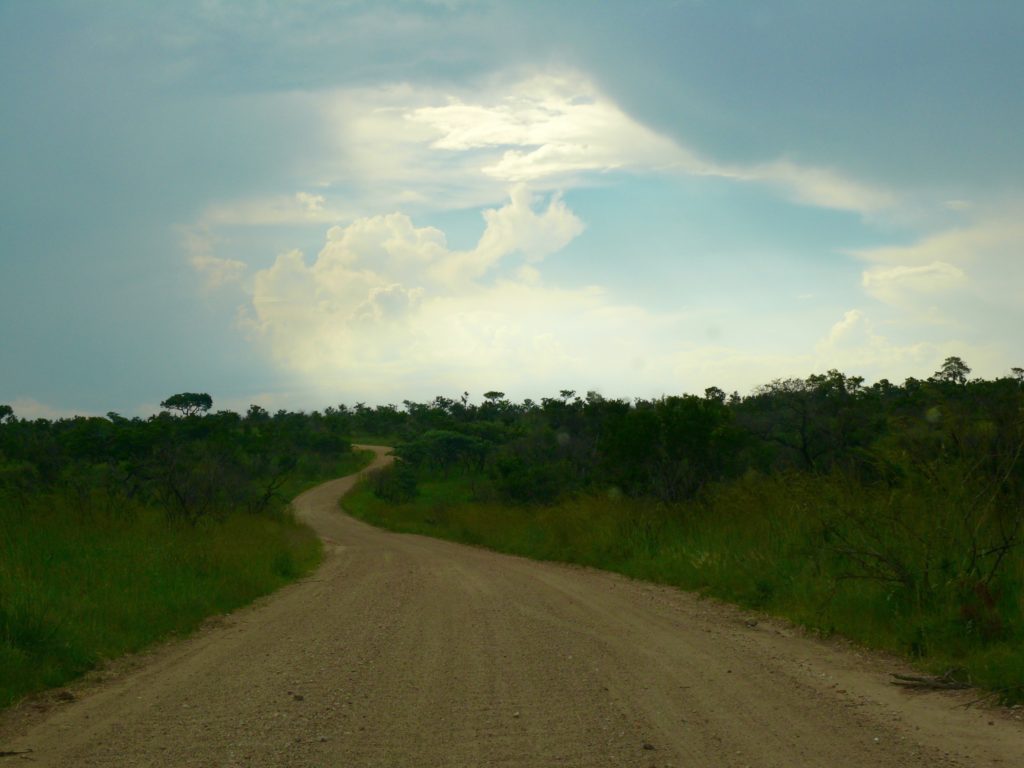
This last day – even if it was a very warm day – we saw 4 of the 5 BIG 5; elephants, buffalo, rhino and leopard.
We didn´t see any lions in the Kruger this time, nice that we saw some lions at the Ranch Resort at least. We were very pleased, we had a very nice time in Kruger and saw plenty of wildlife. I was already longing to come back!
In the later years we have visited the central and southern part most times, and had some great sighting both of lions and leopard. Leopard hunting and leopard in a tree with prey. Read more about this in the general information of Kruger National Park. I will also soon present all my best wildlife photos in separate pages.
Follow from us from The Kruger Park to :
